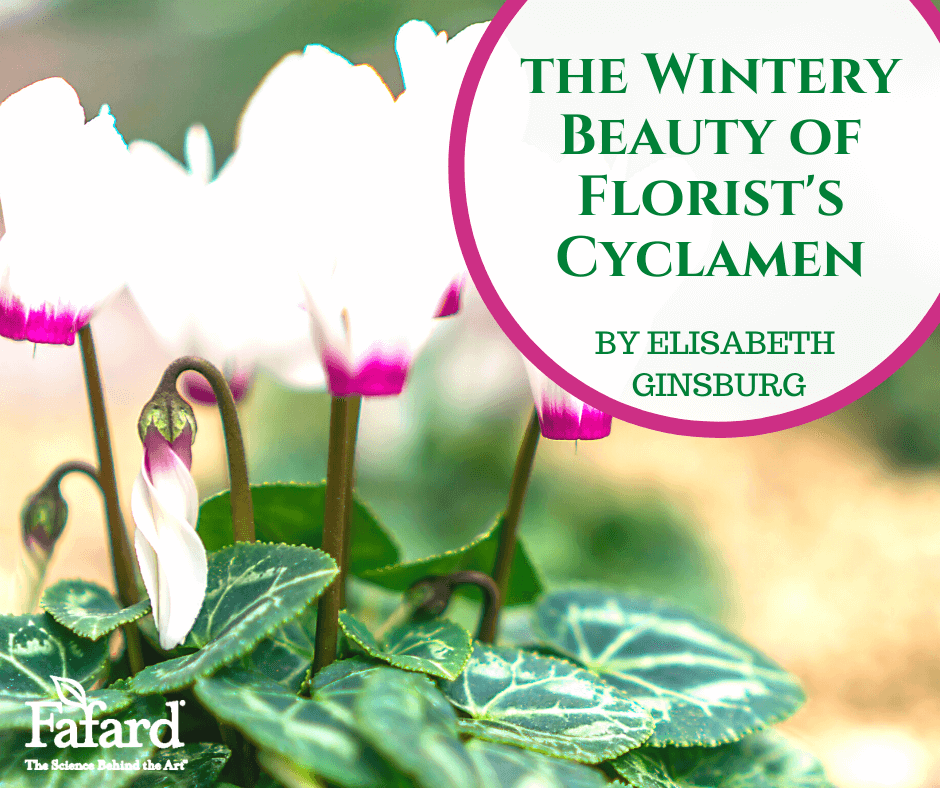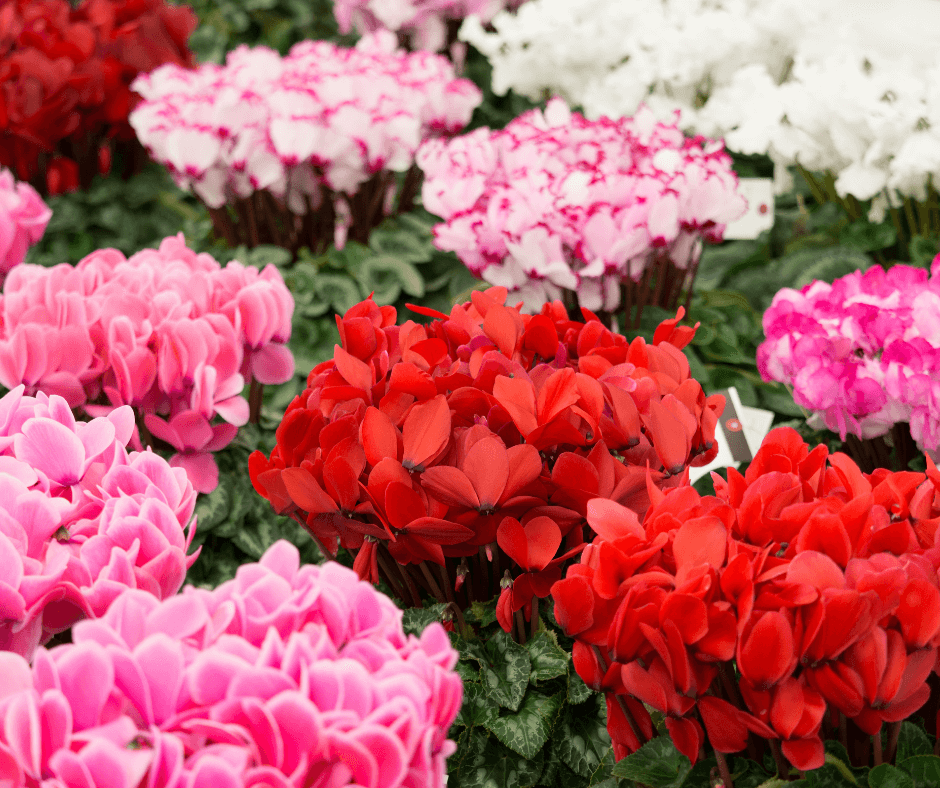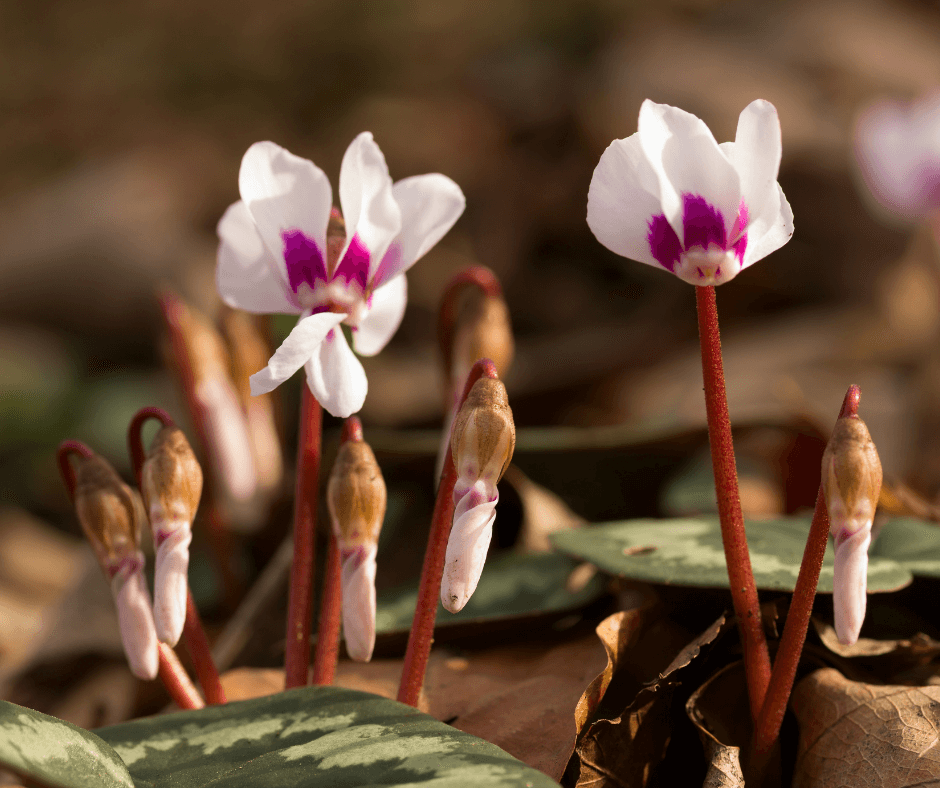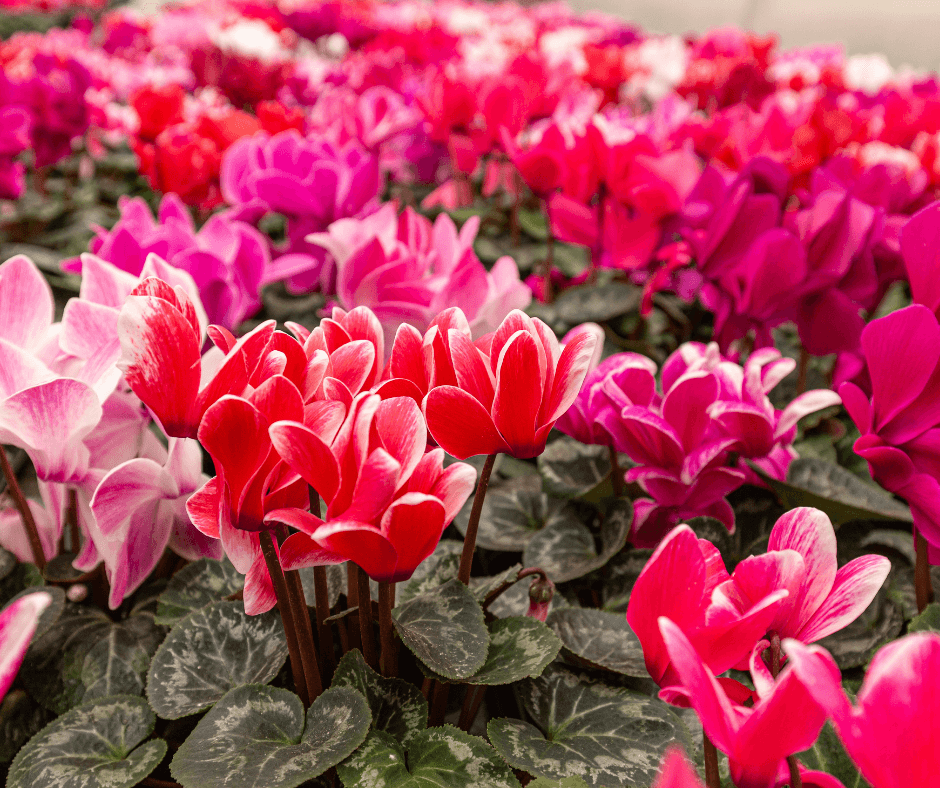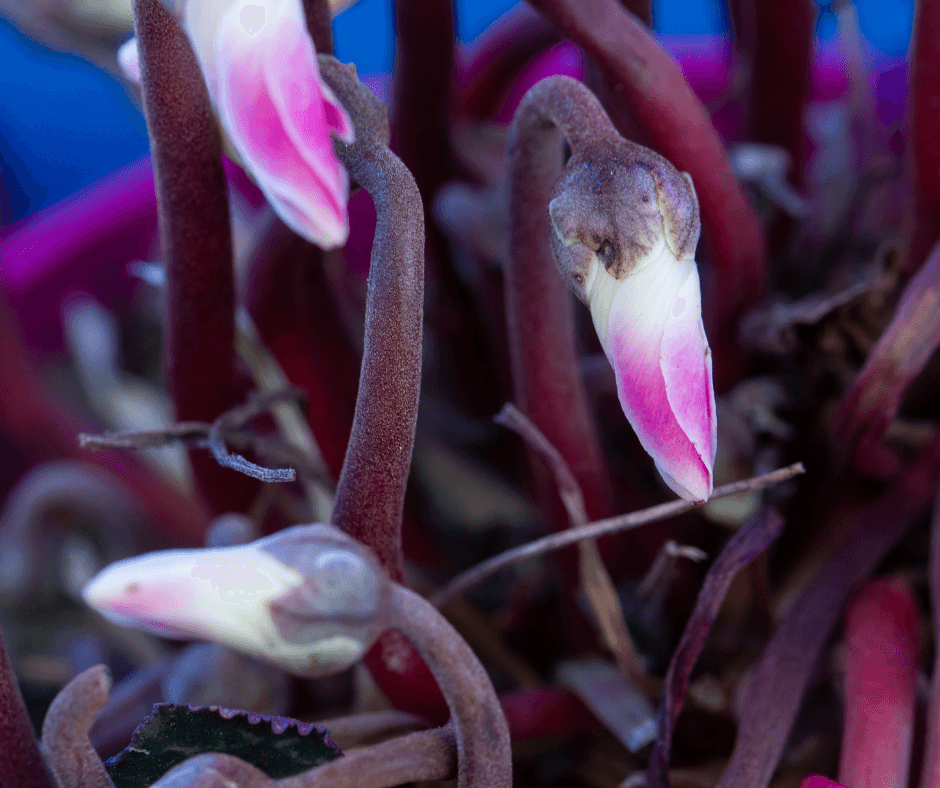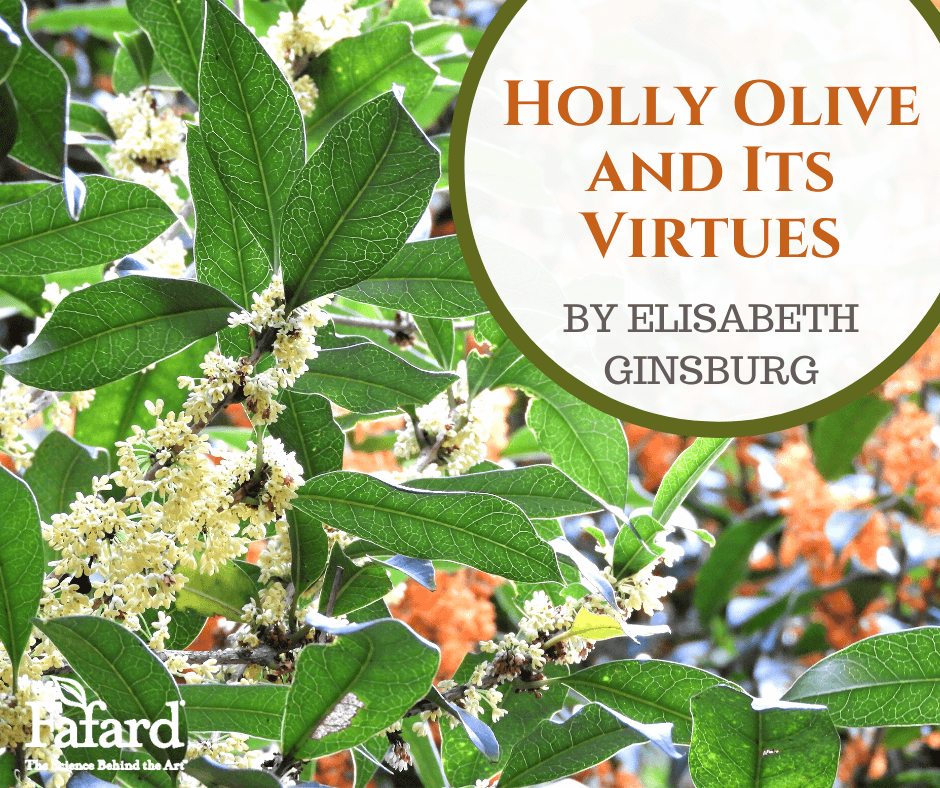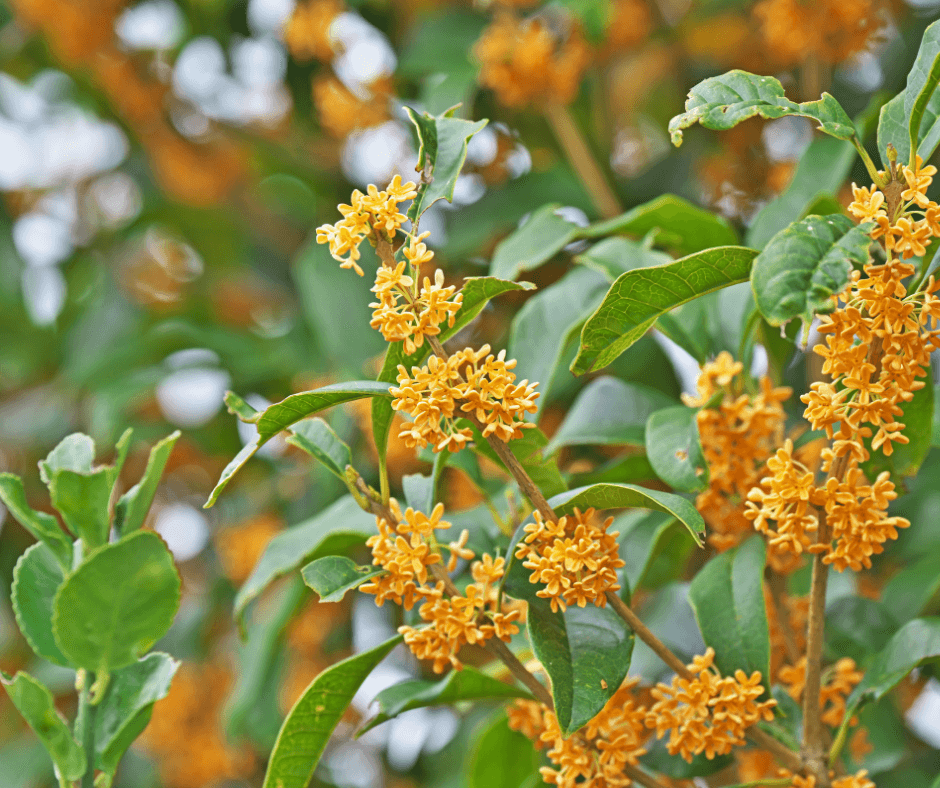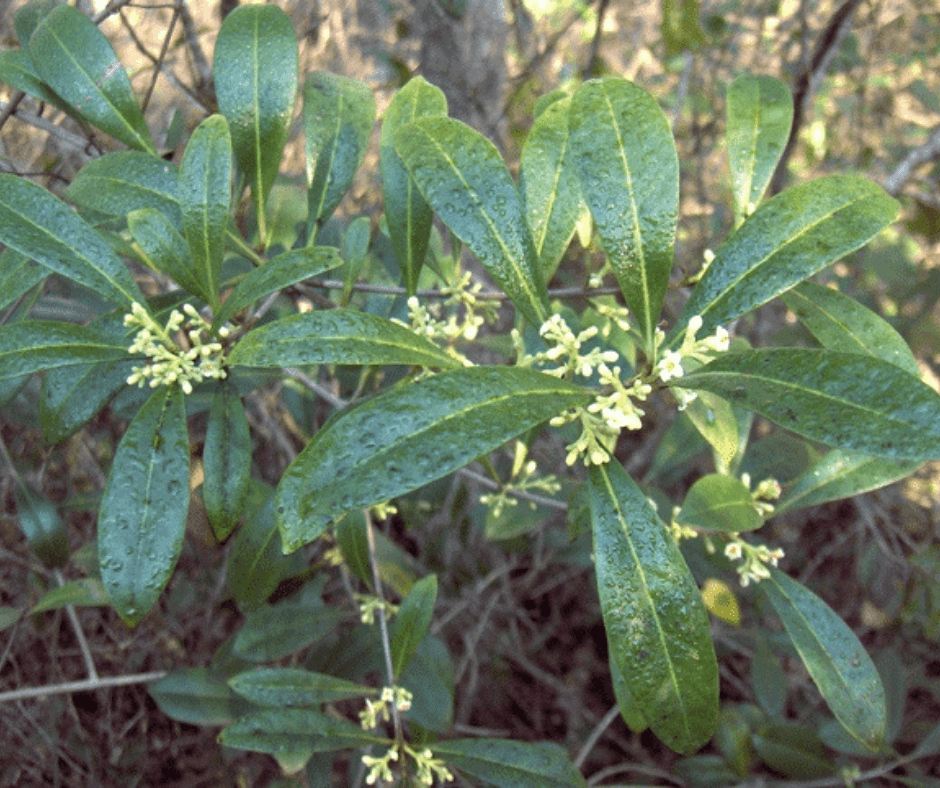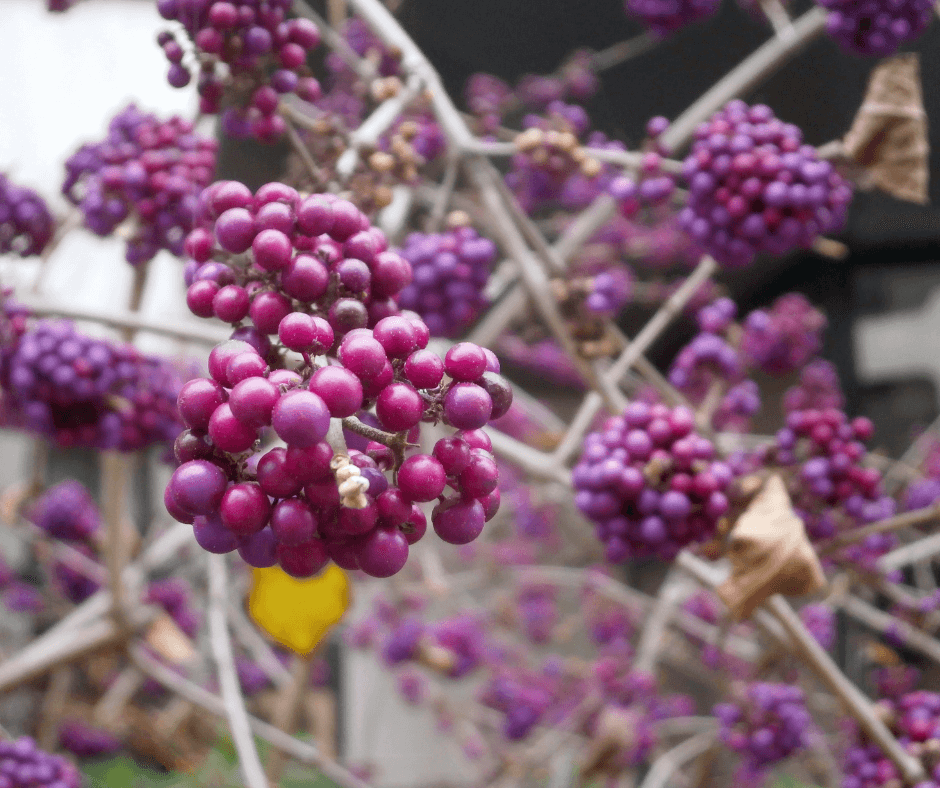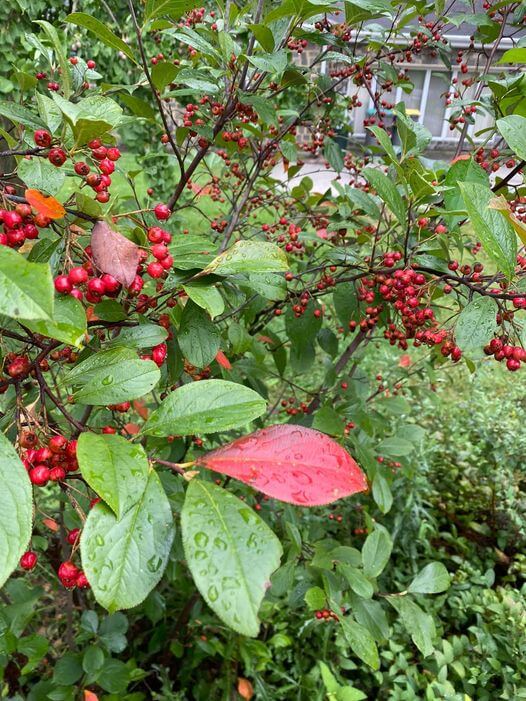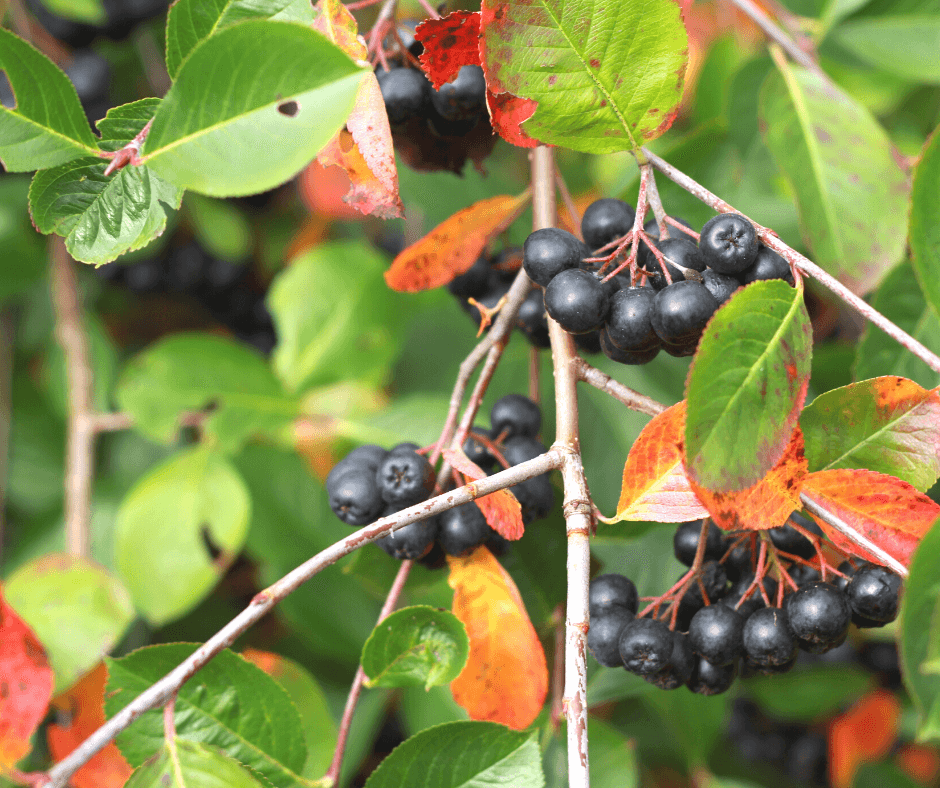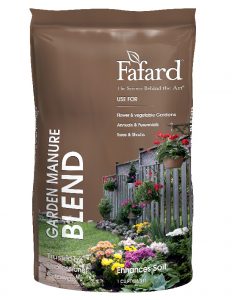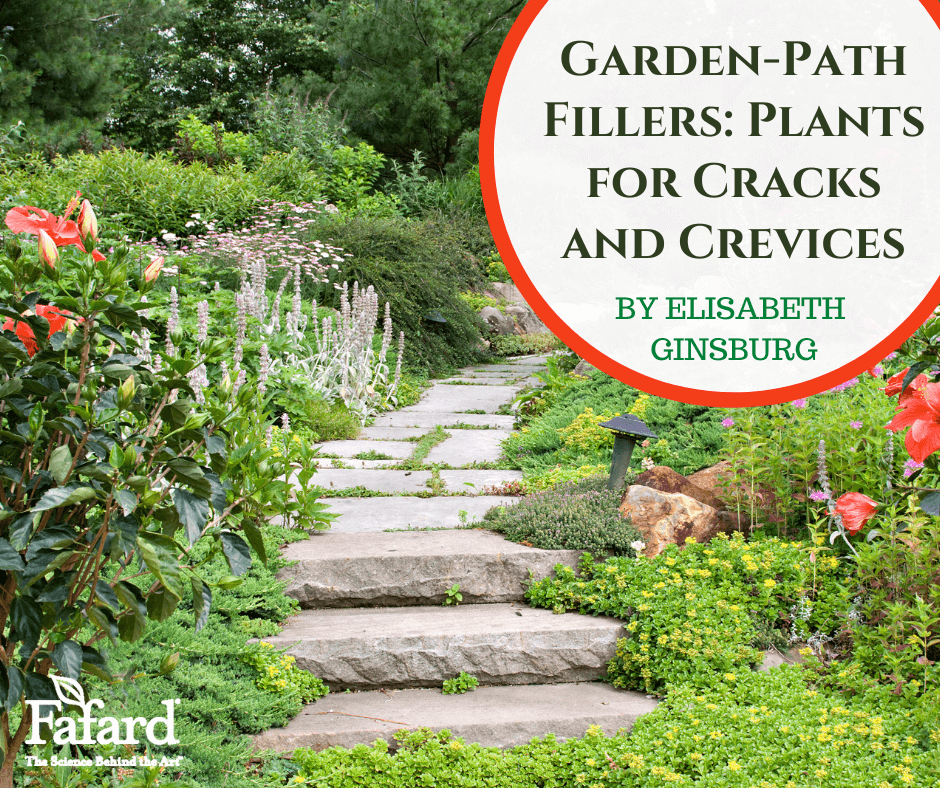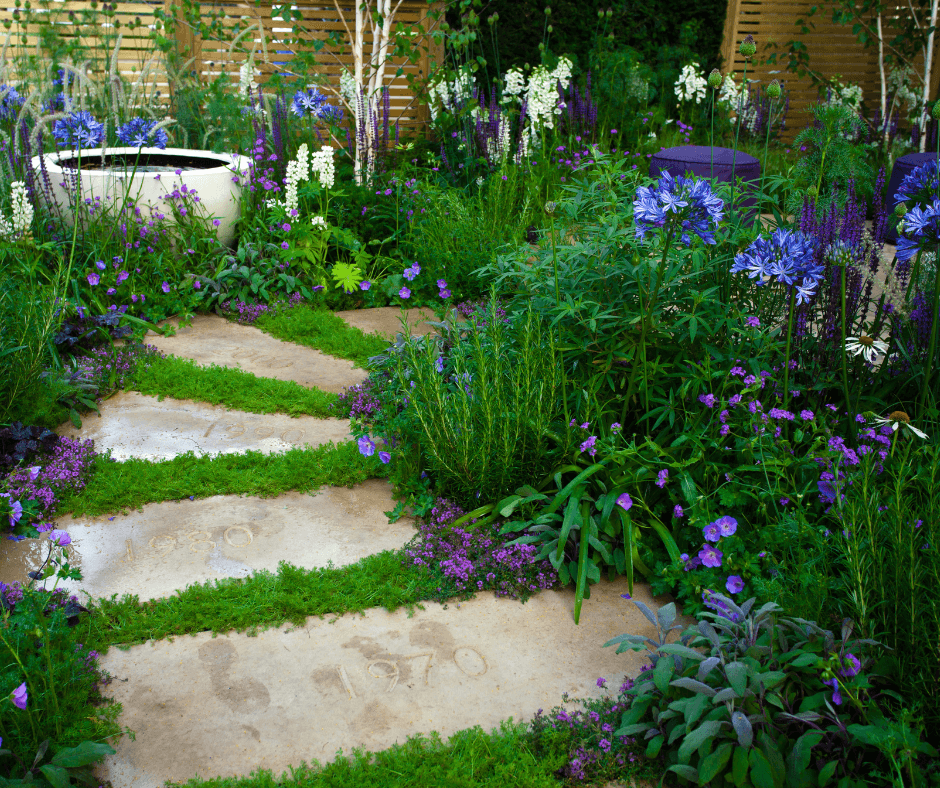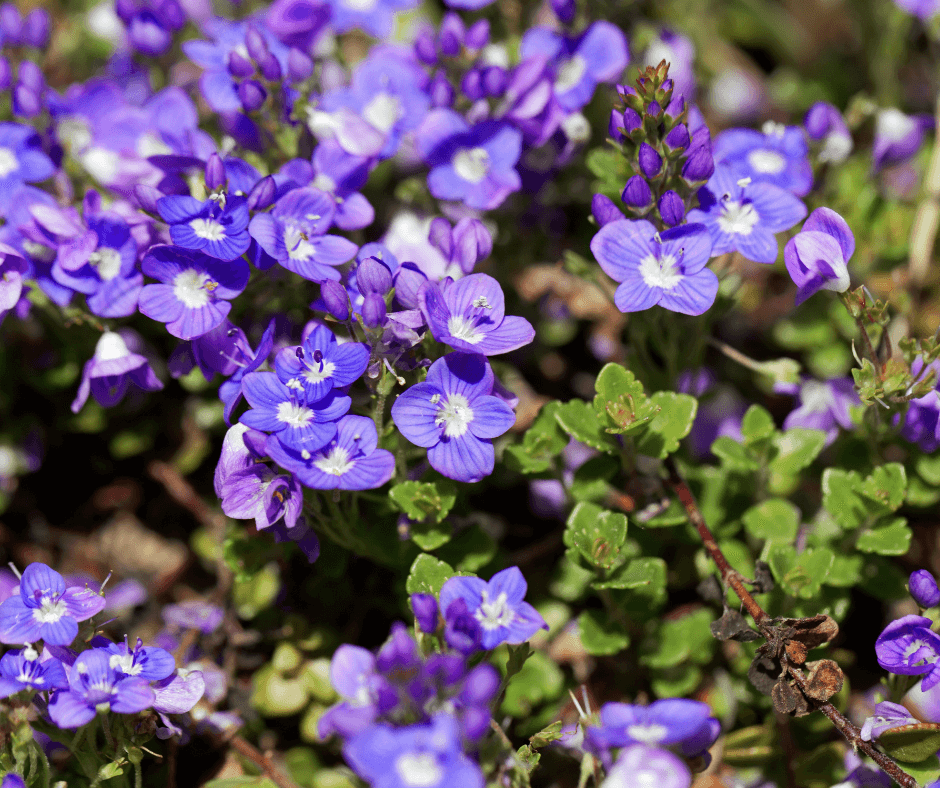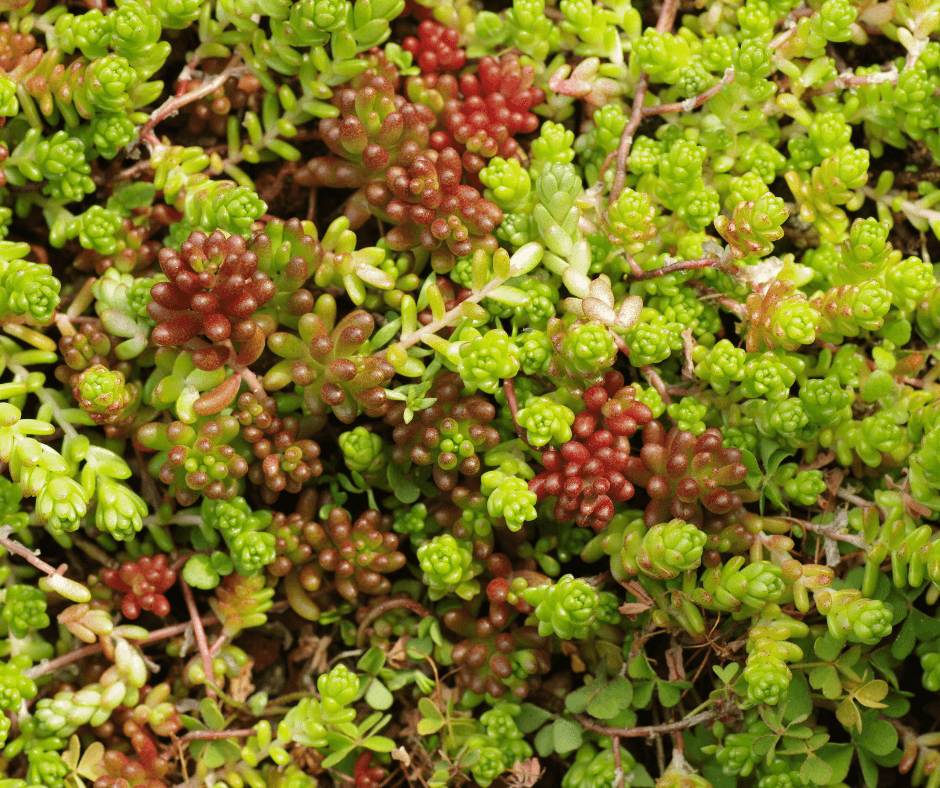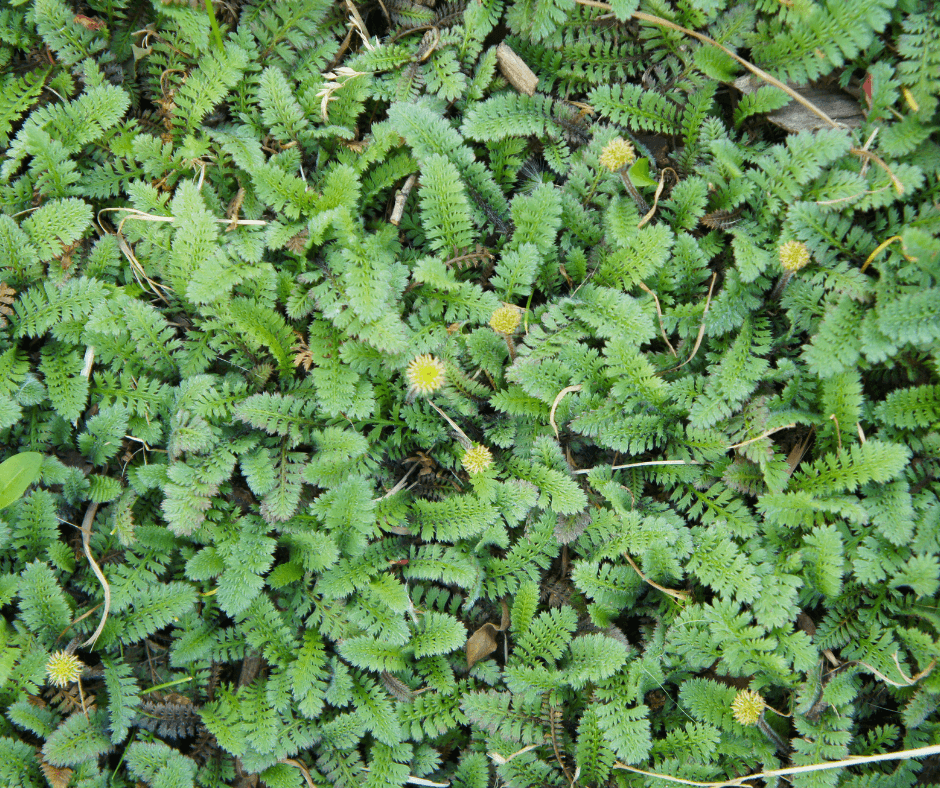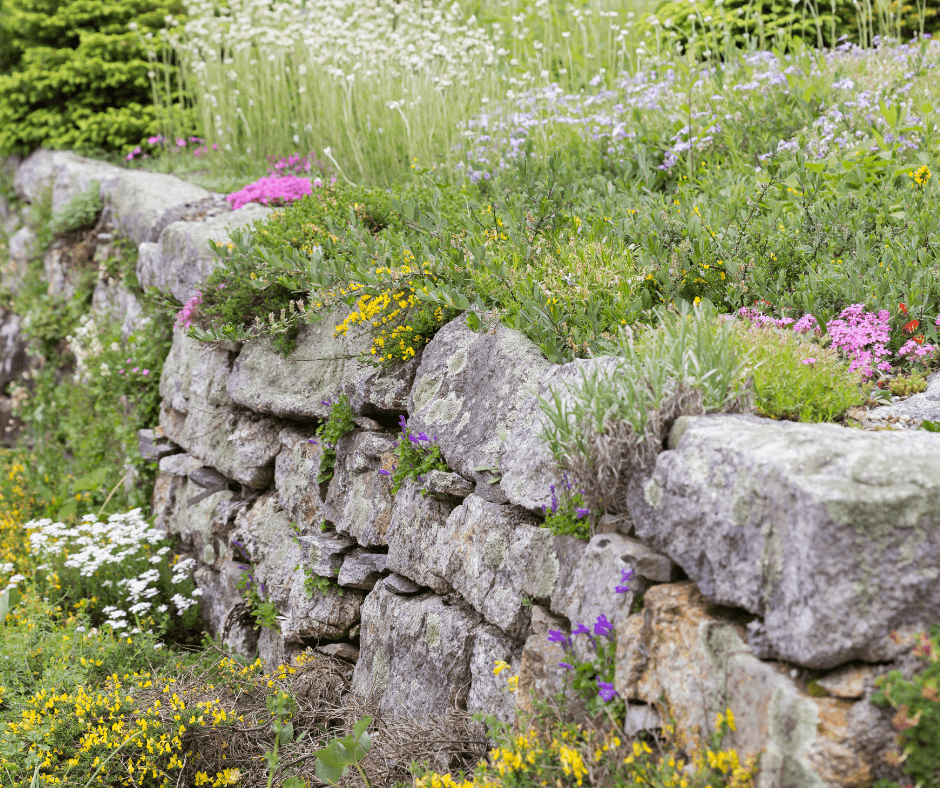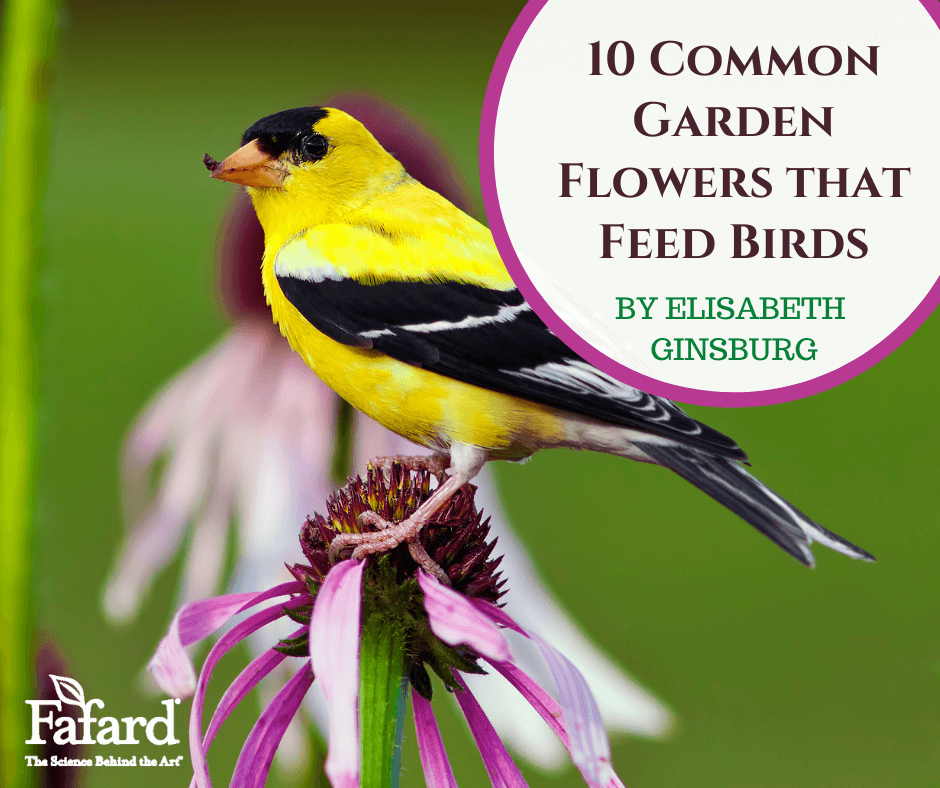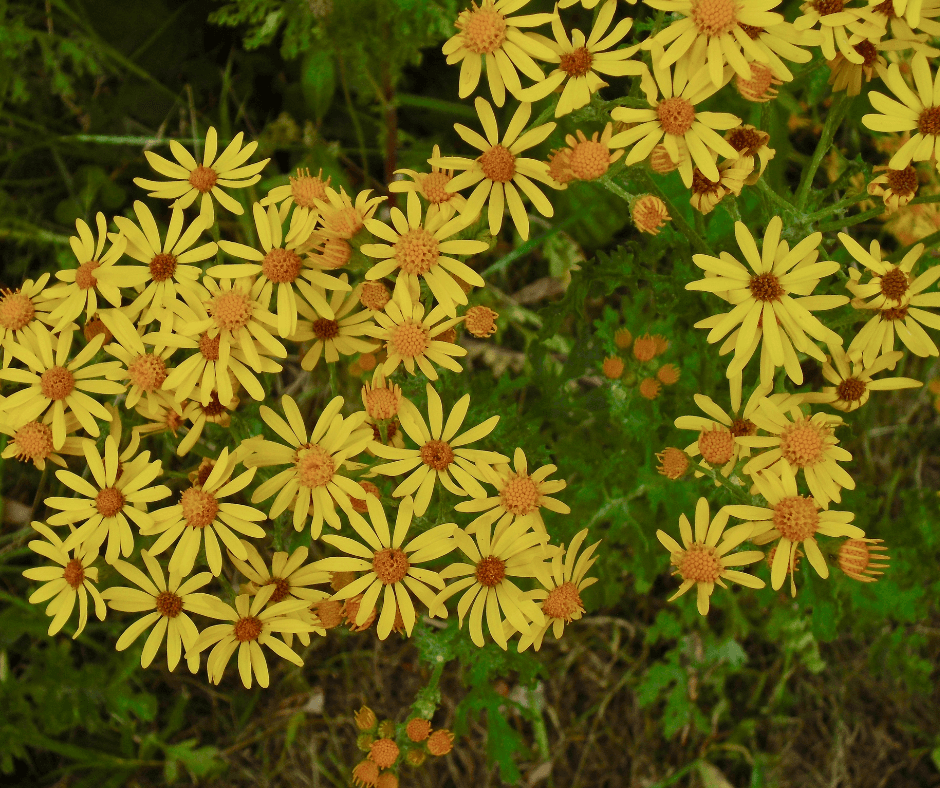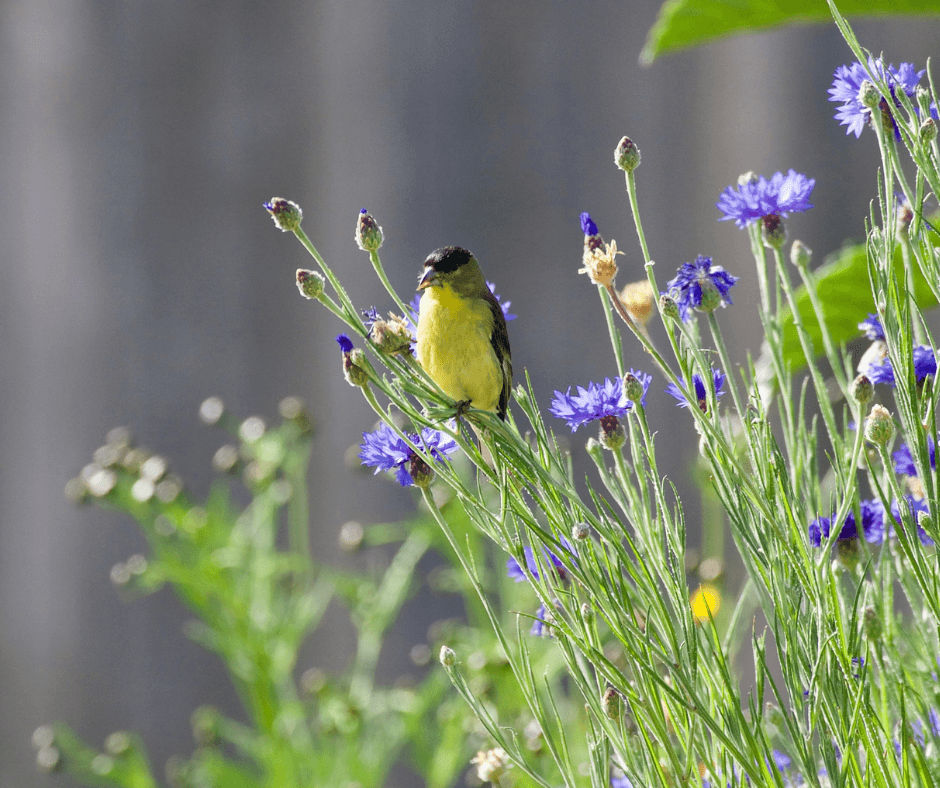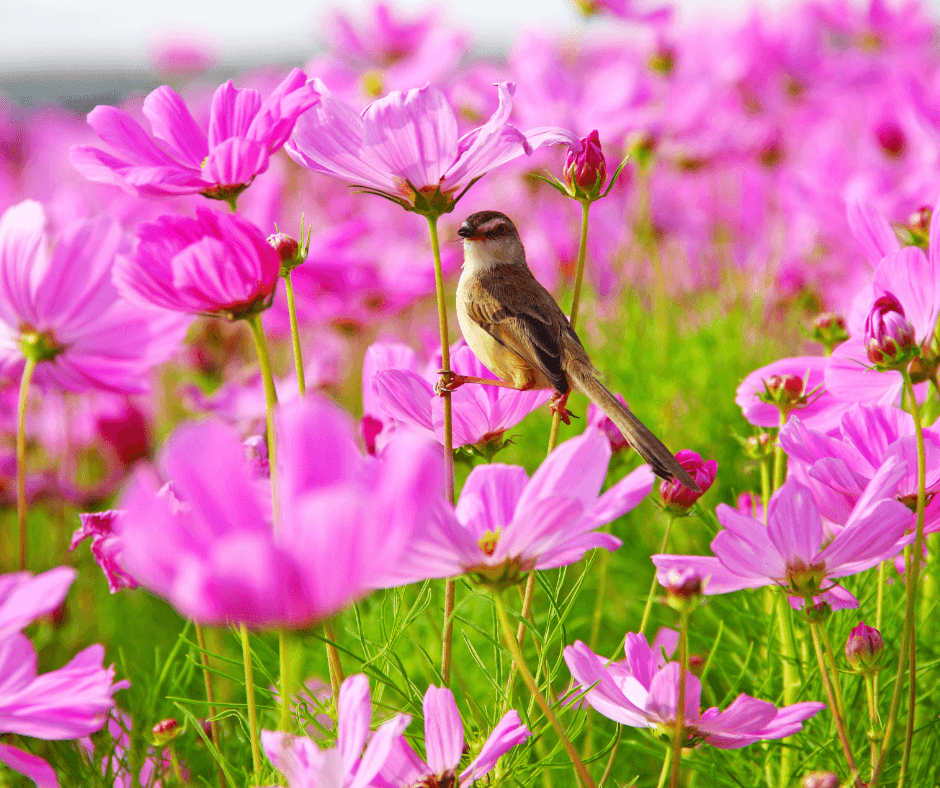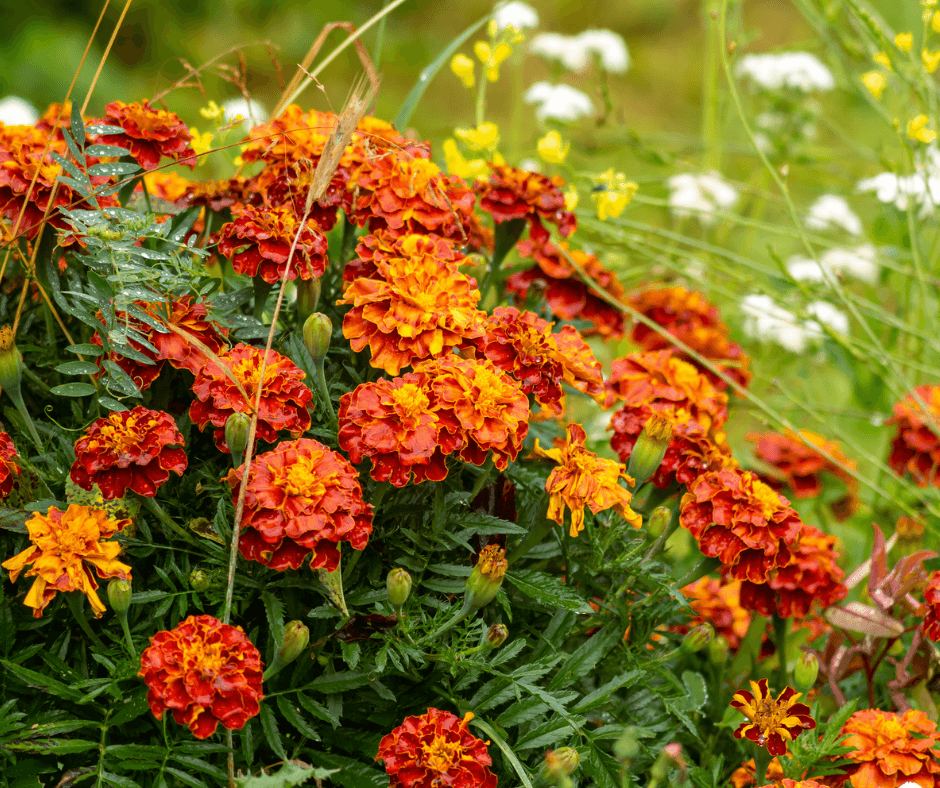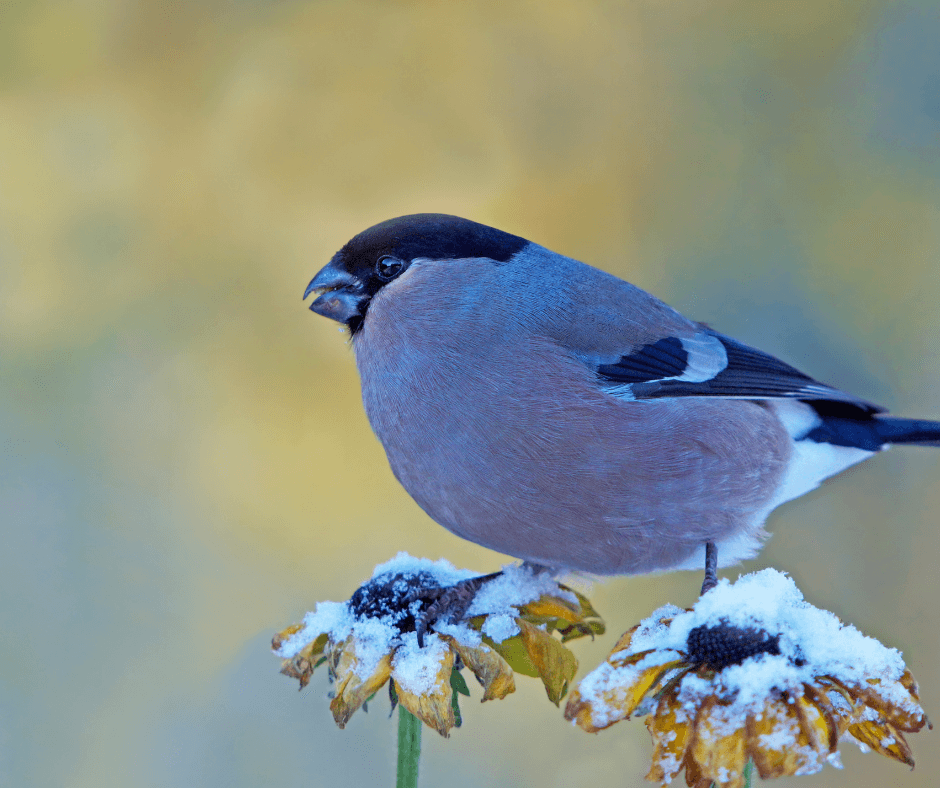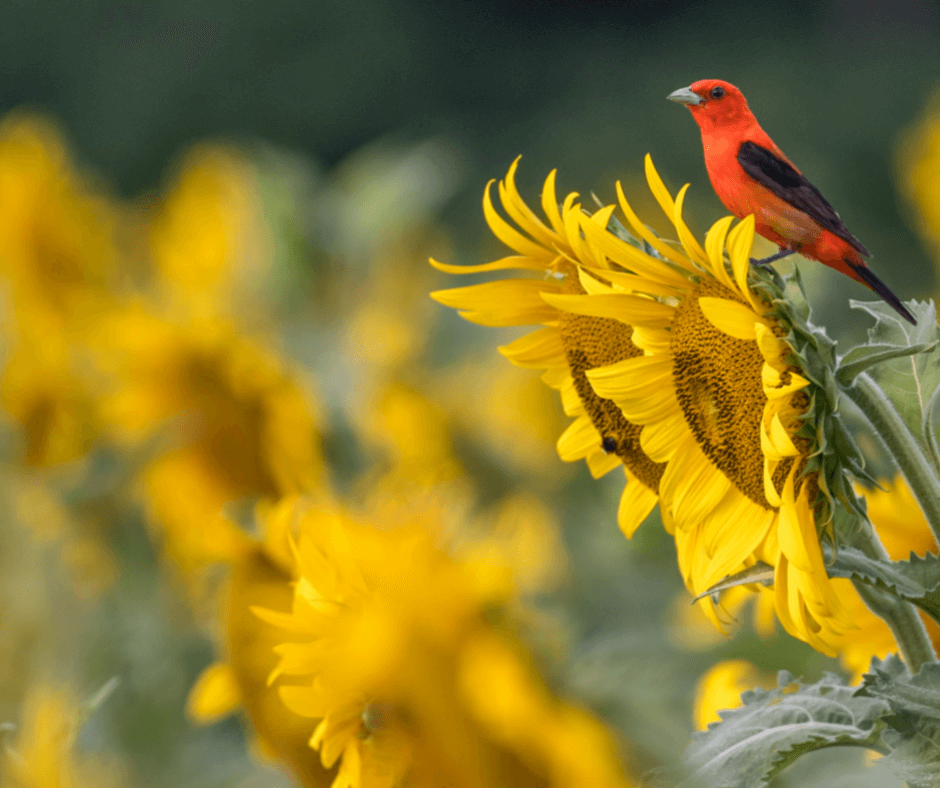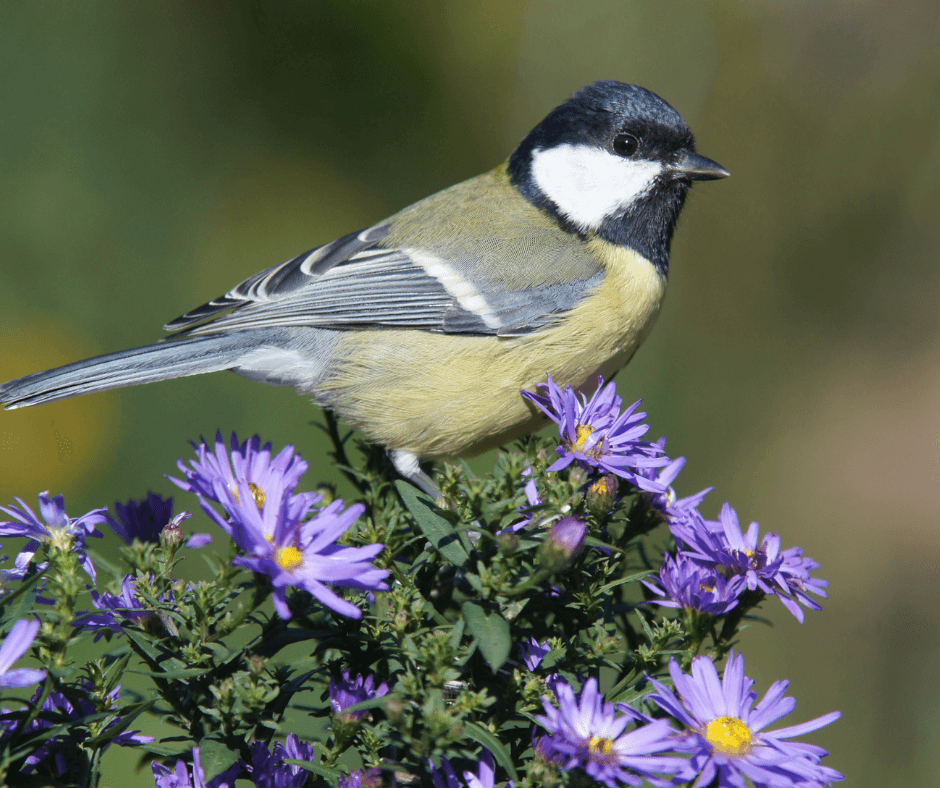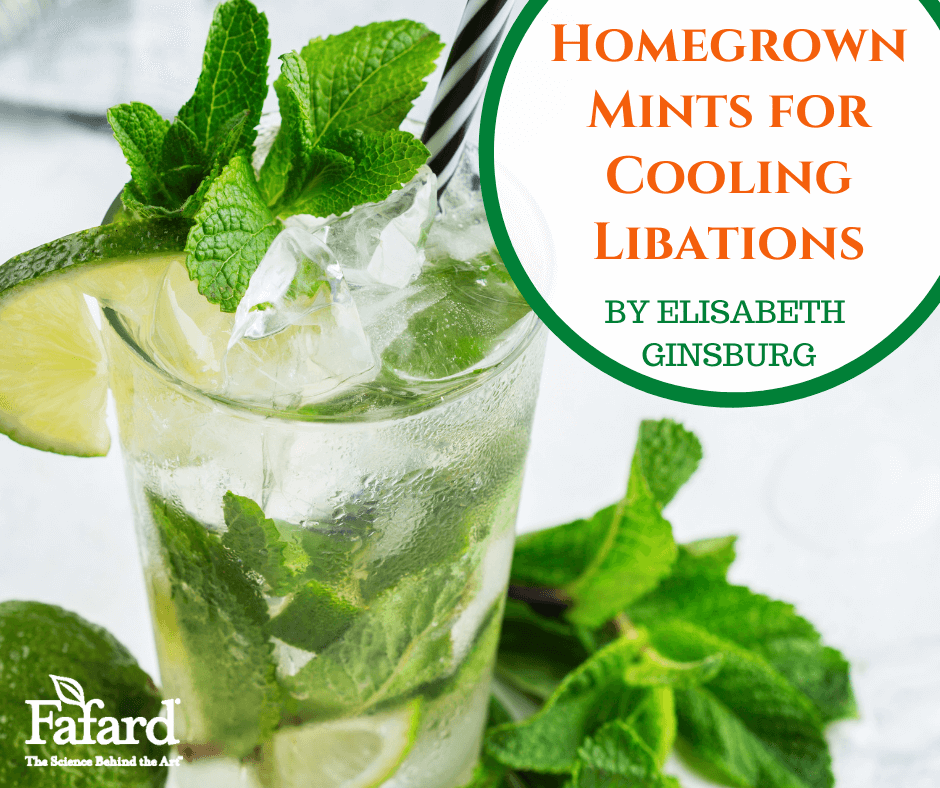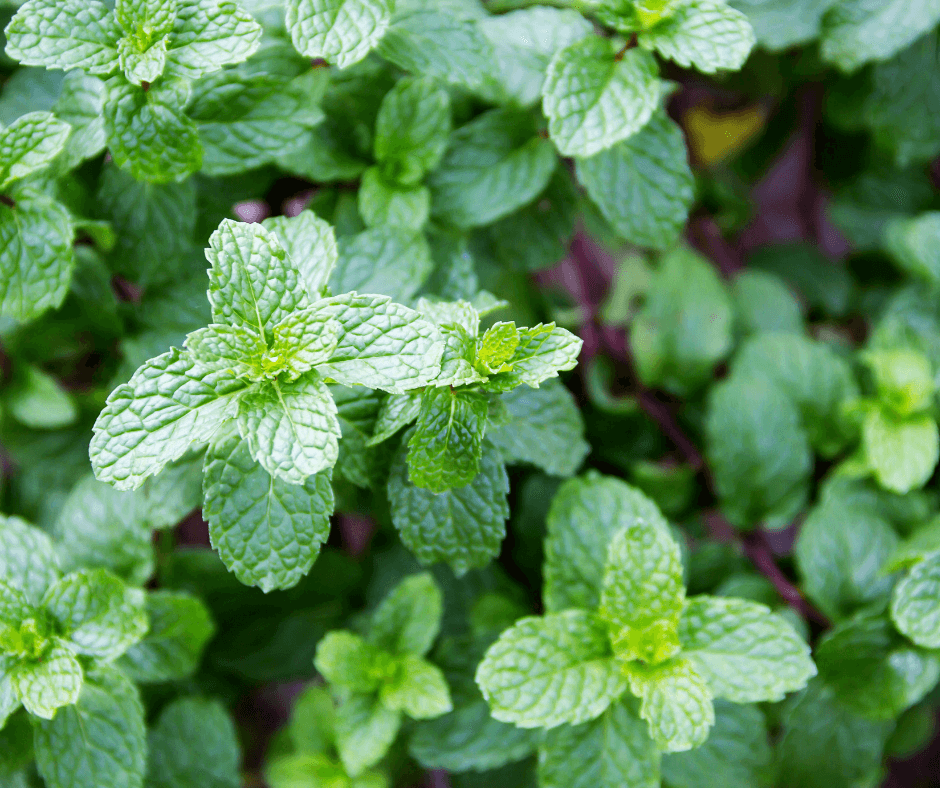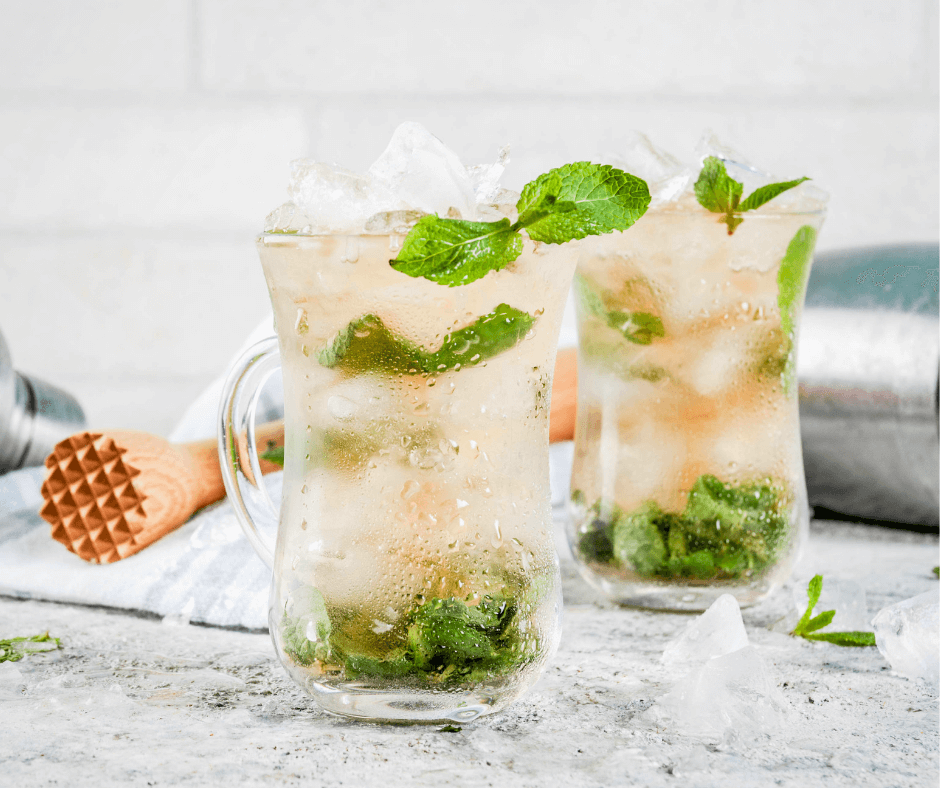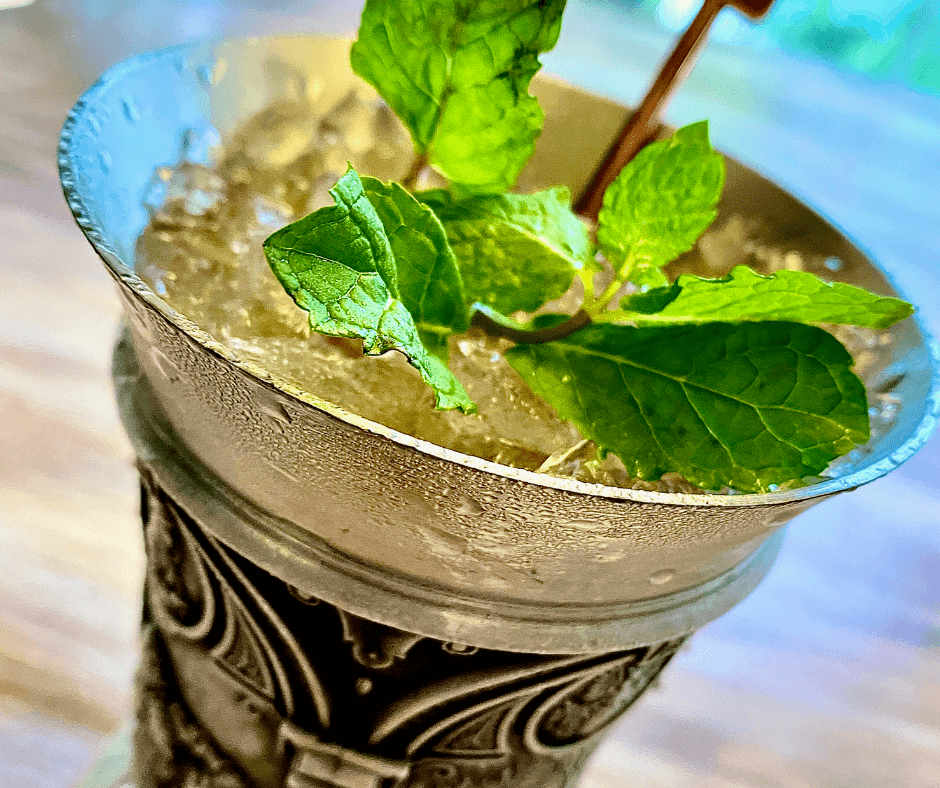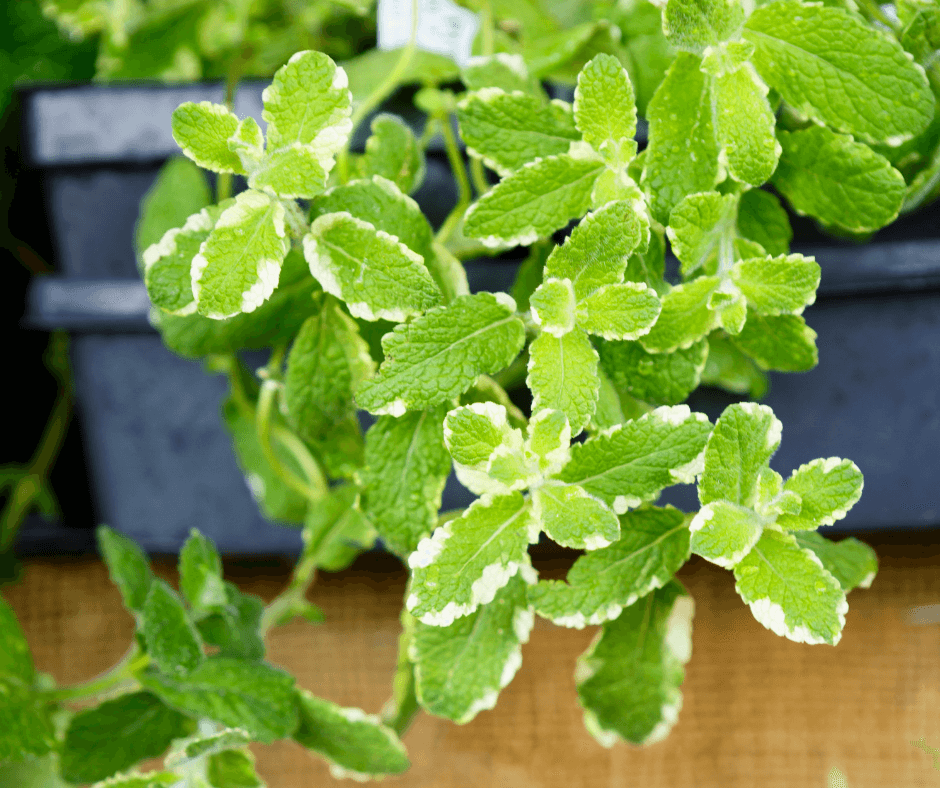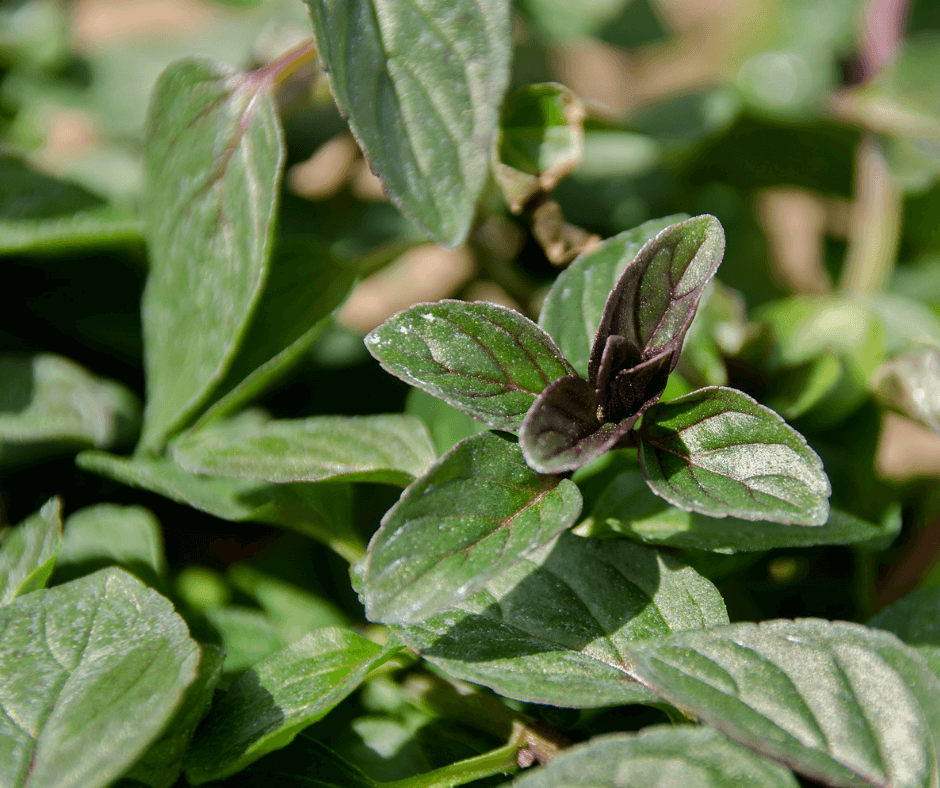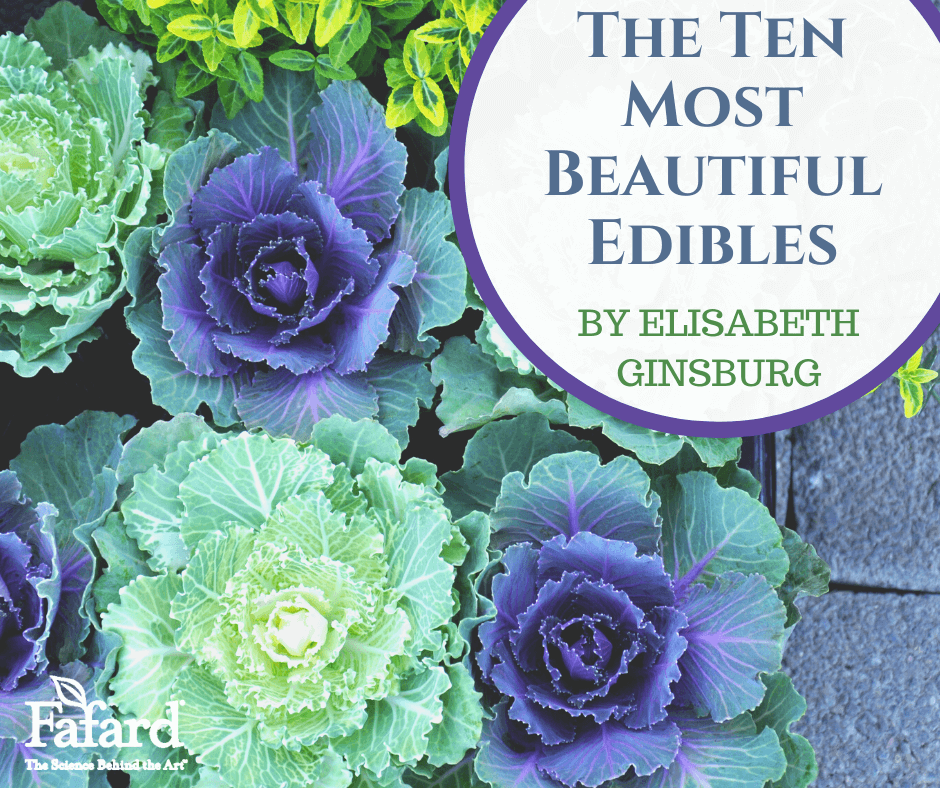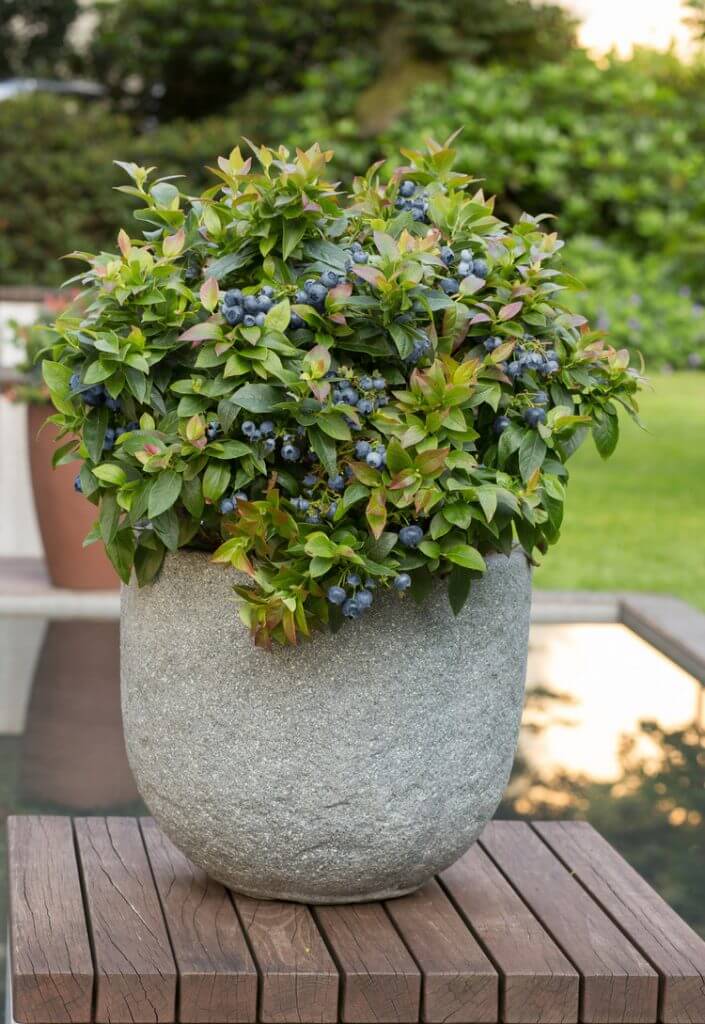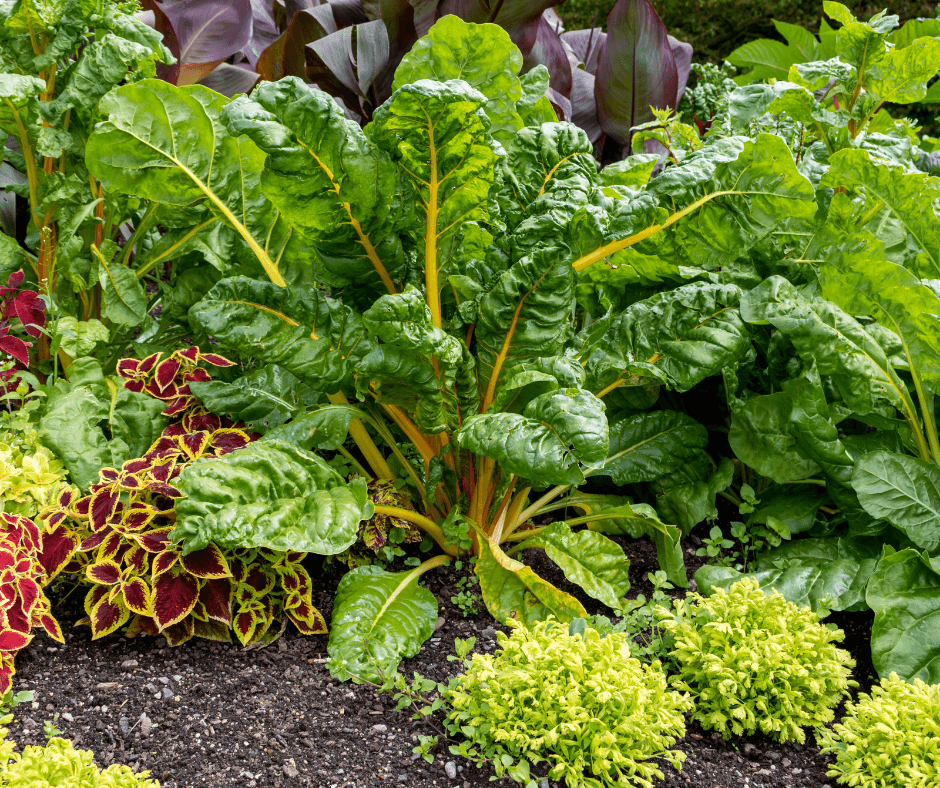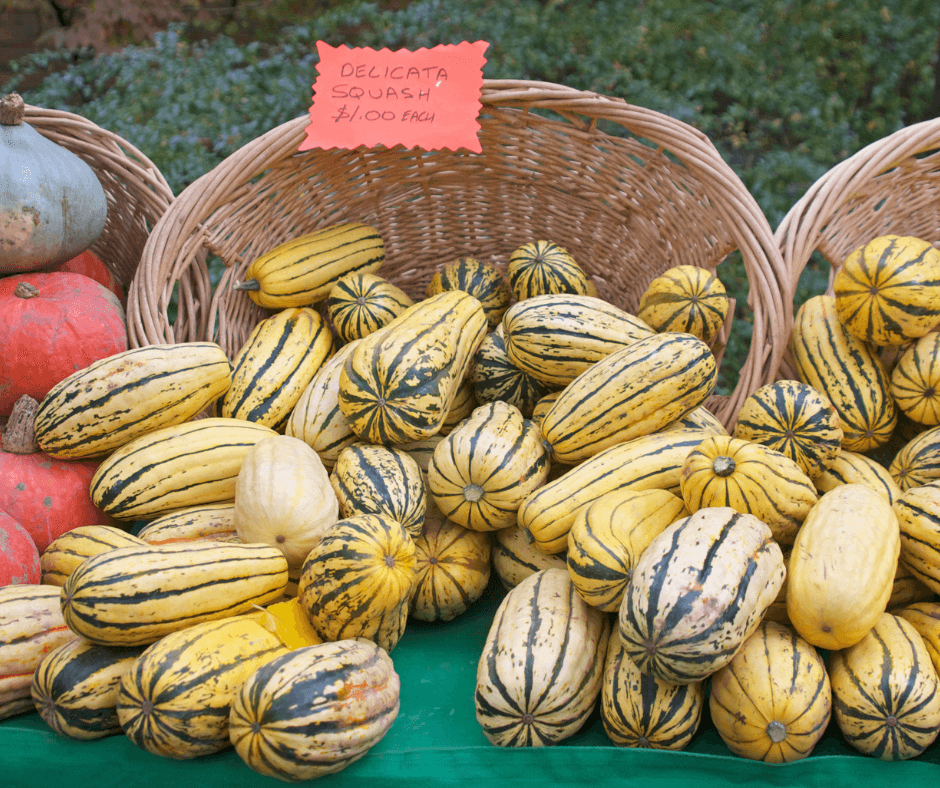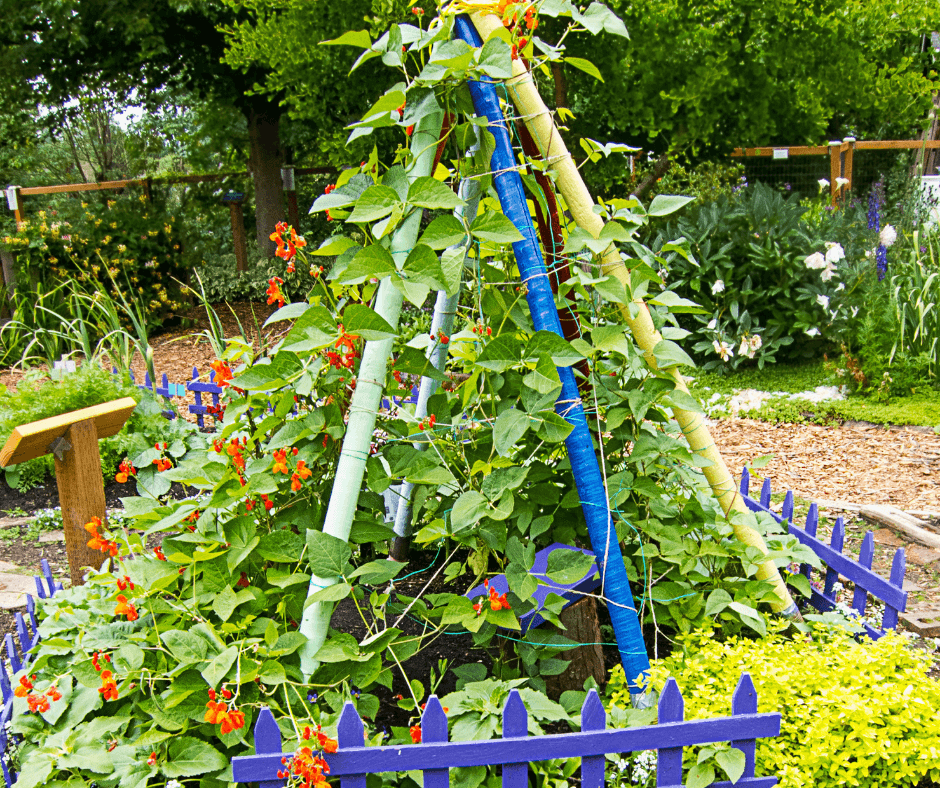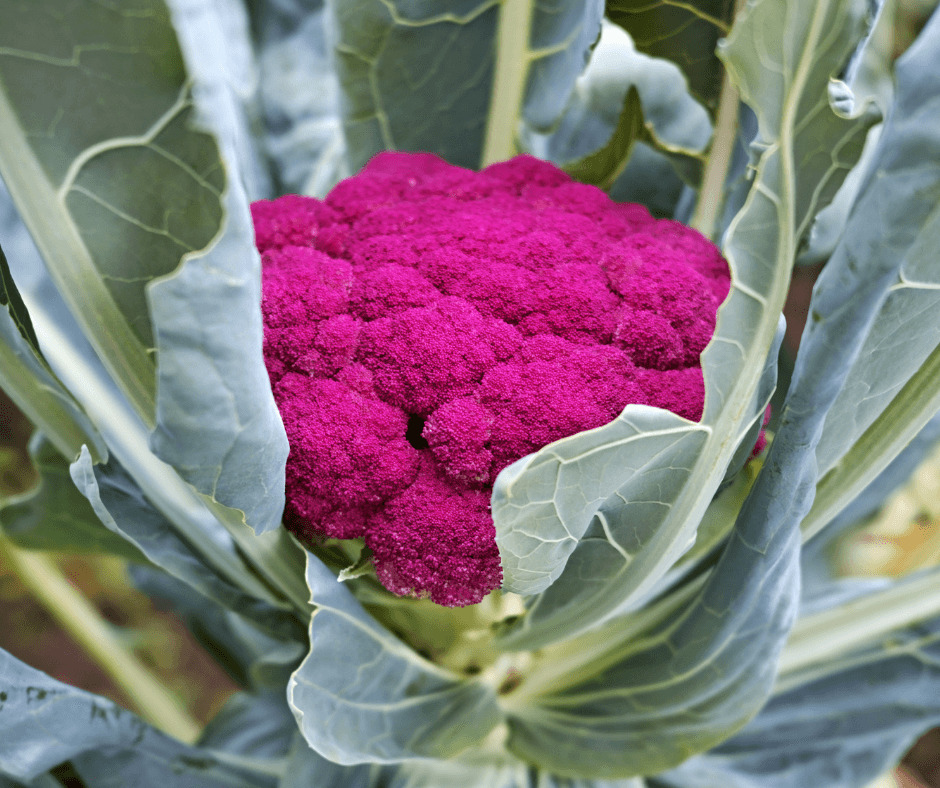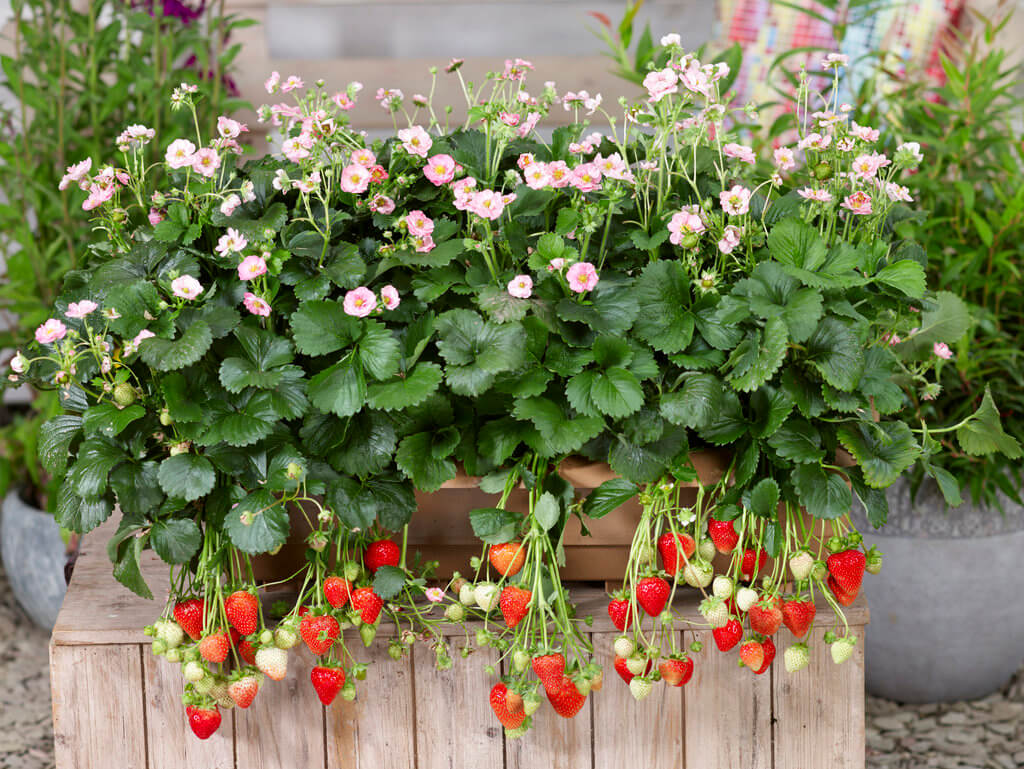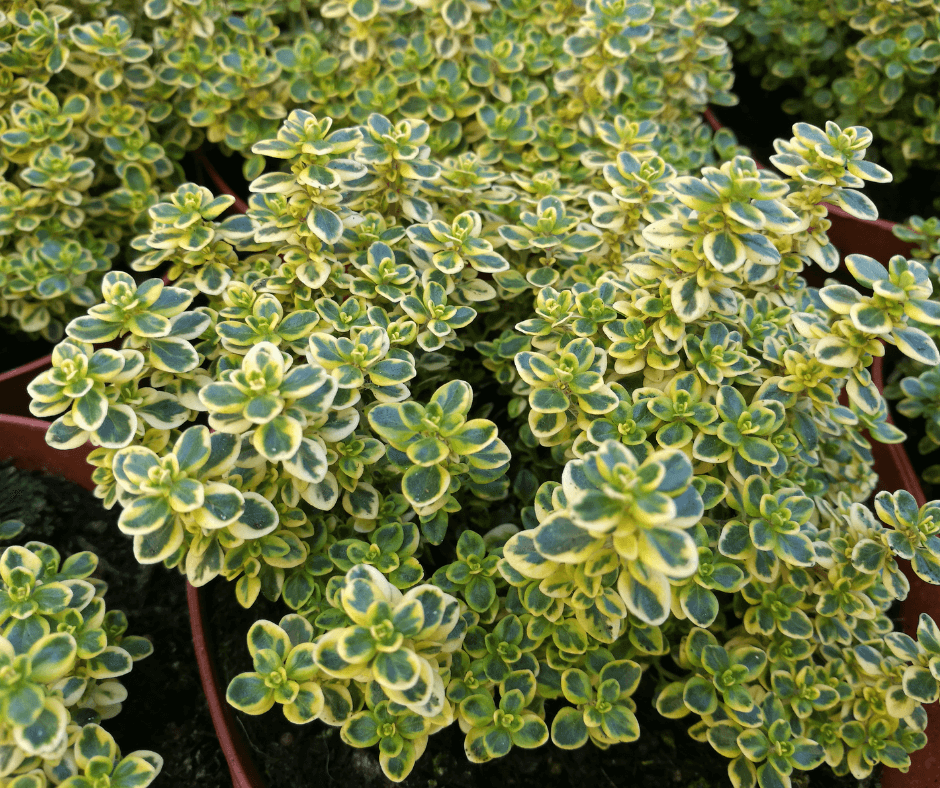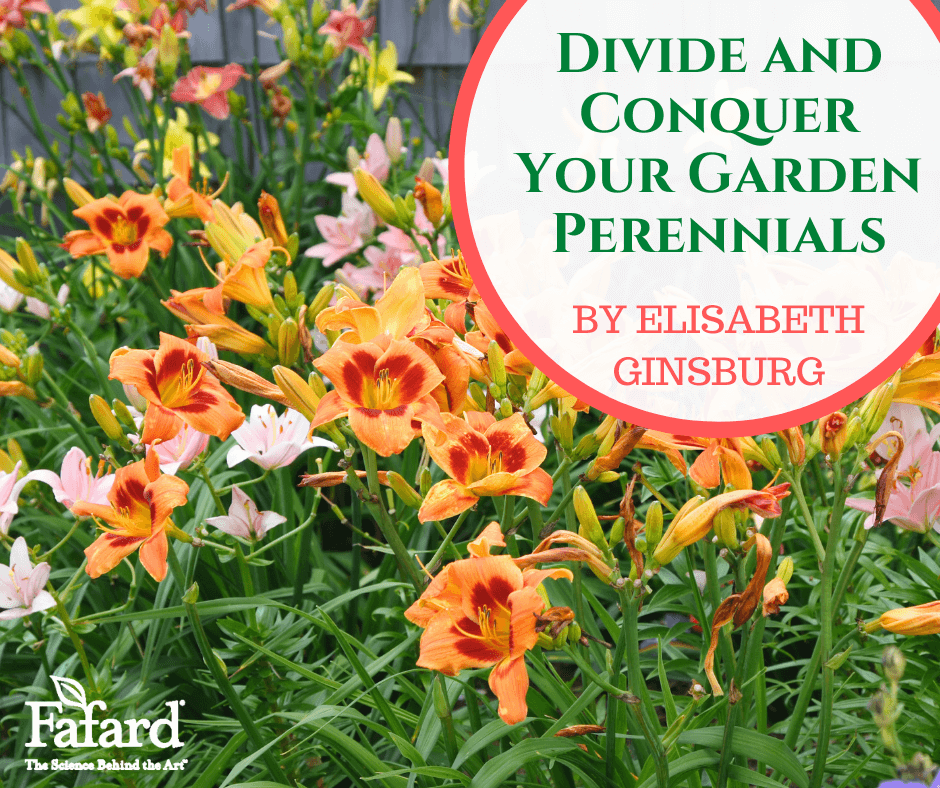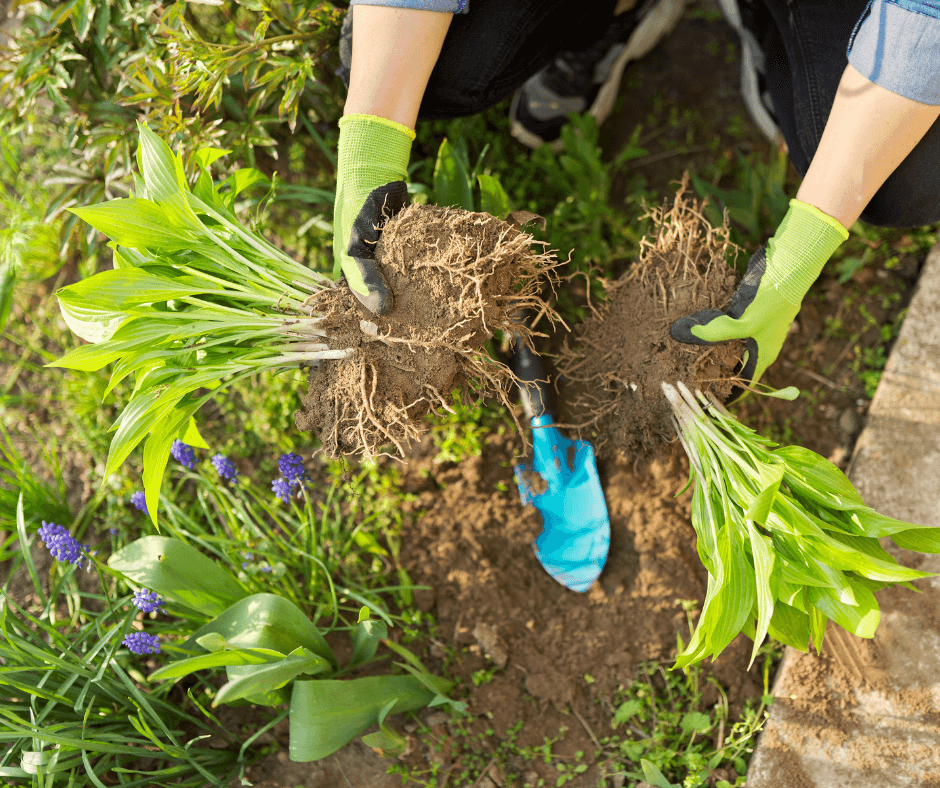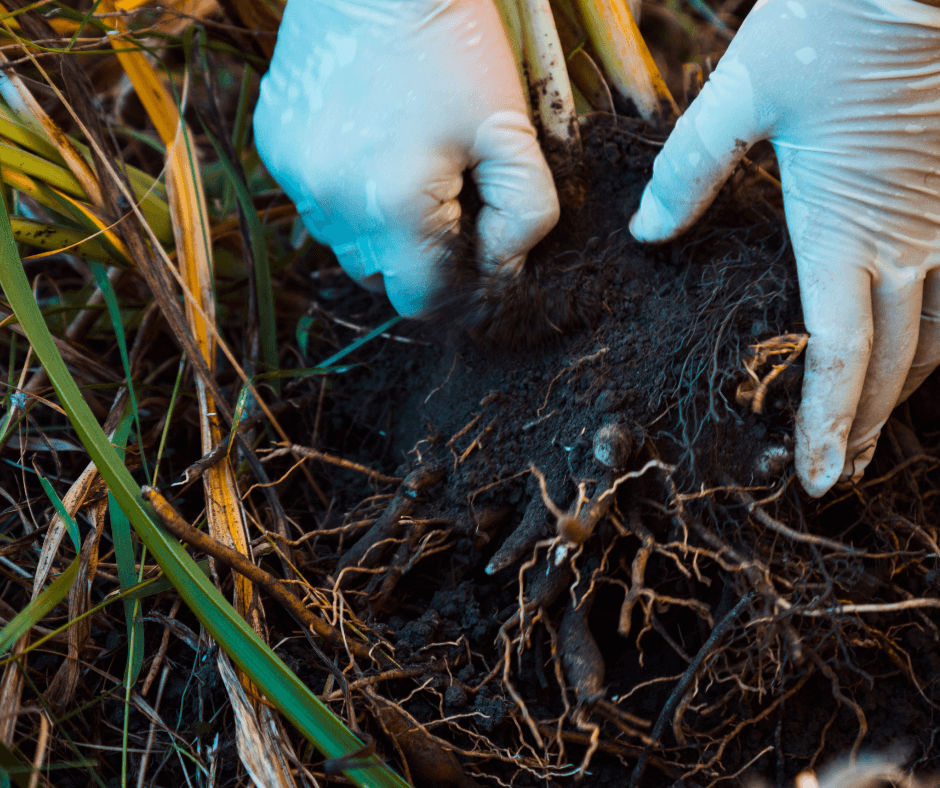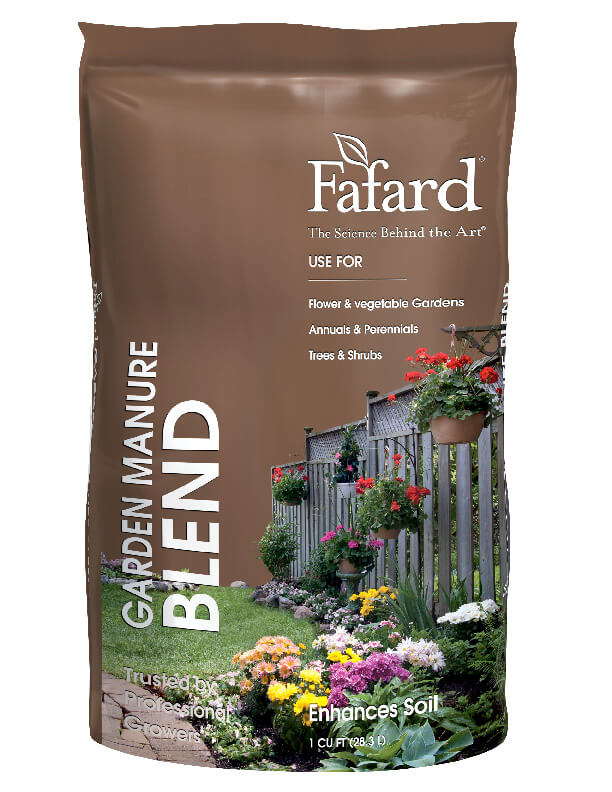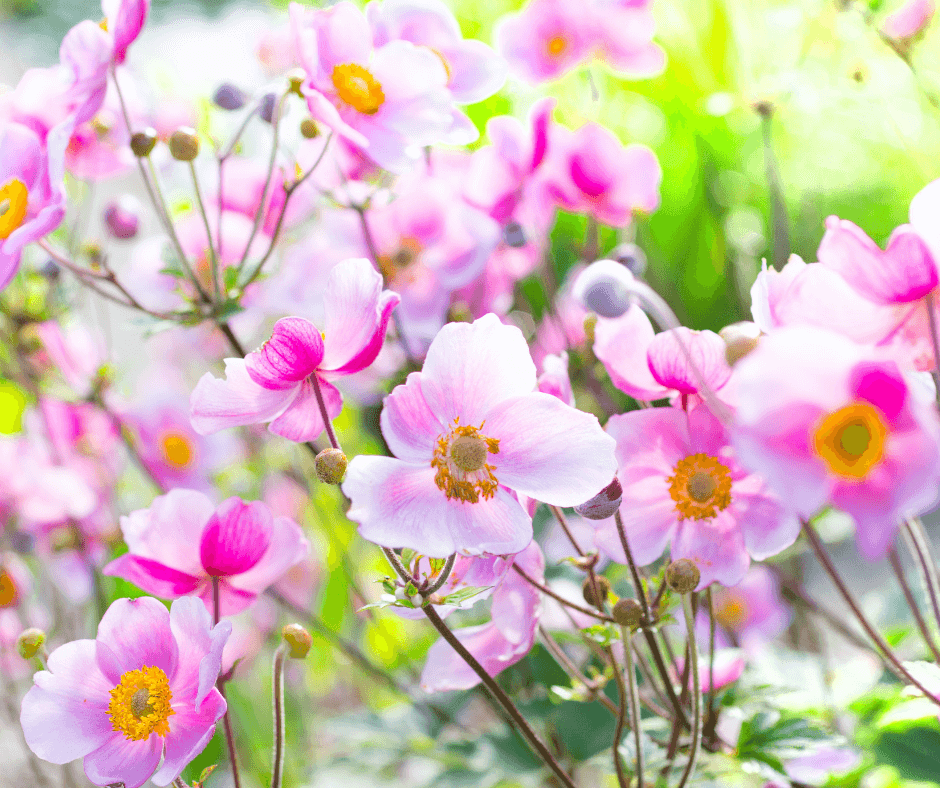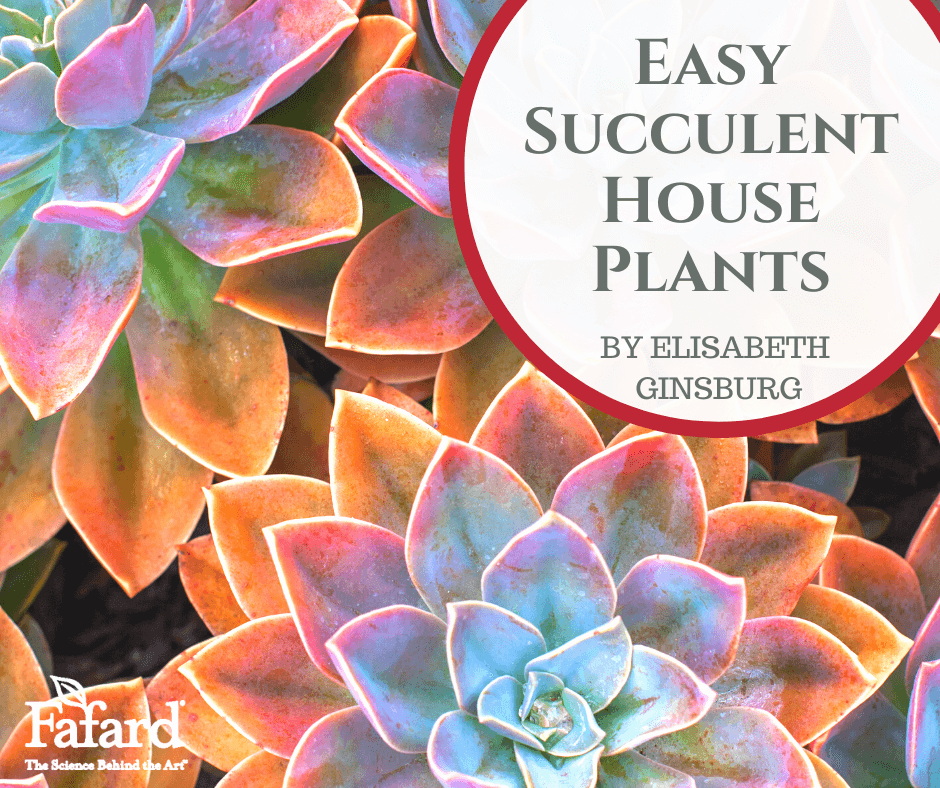
Succulent plants are riding a wave of popularity right now. Striking, easy to care for, and available in a variety of shapes and colors, they make perfect house plants. Some indoor gardeners amass a collection of specimen plants, while others combine different species or varieties into indoor gardens, arrangements, or even wreathes. The possibilities are many and the limitations are few. The following are some of the best.
The Healing Plant: Aloe vera
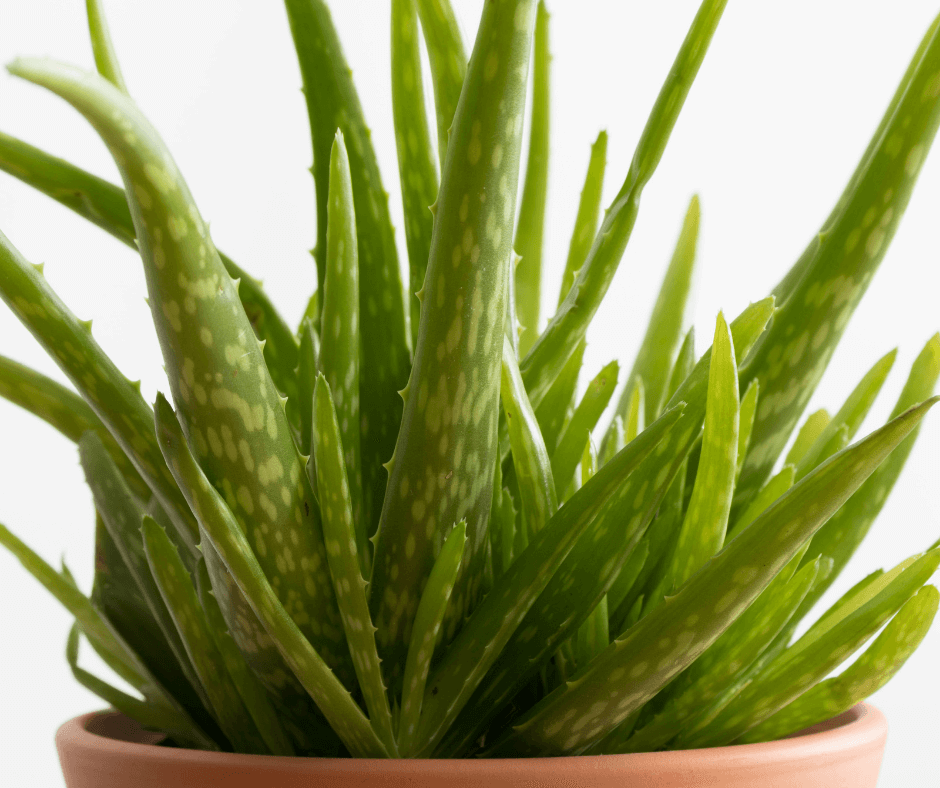
Aloe vera has been a kitchen stalwart because its soothing sap is a great topical remedy for burns and other injuries. The fleshy leaves are erect, fanning out from the plant’s center and tapering at the ends. Some are attractively spotted, with leaf edges that are slightly toothed.
As with most other succulents, the plants flourish best in bright indirect sunlight and need a well-drained potting mix. Overwatering or lack of drainage will result in root rot and eventual plant death, so even if your aloe lives near the kitchen sink, do not kill it with the “kindness” of overwatering. Breaking off leaves to doctor scrapes or burns will not harm the rest of the plant.
Choice Crassula
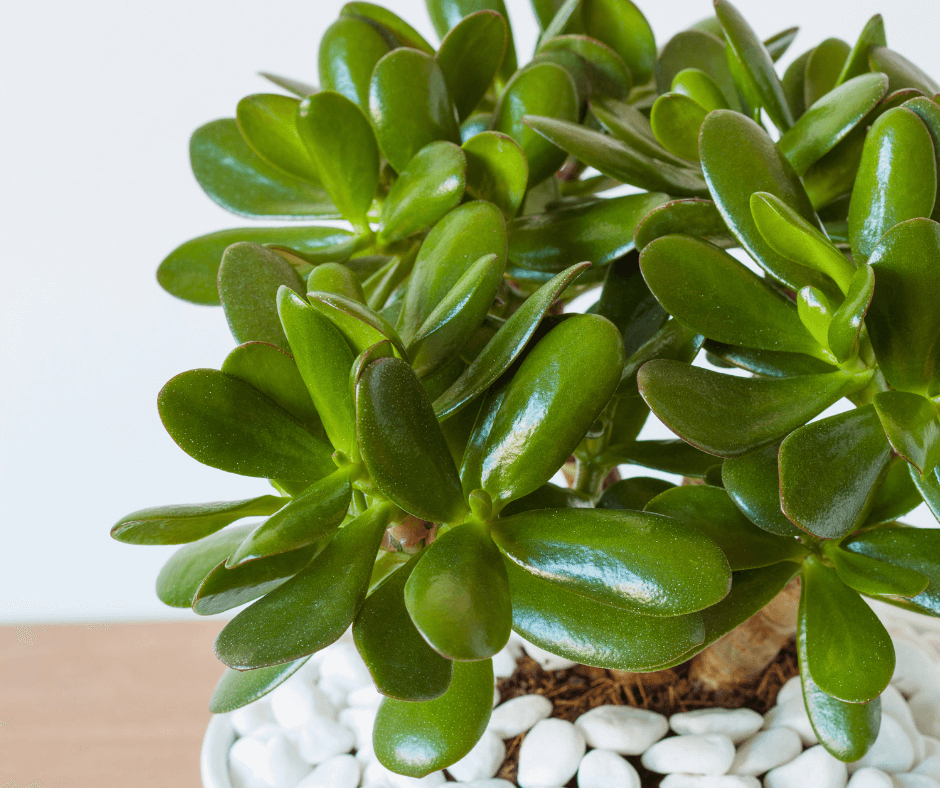
Jade or money plant (Crassula ovata) is a long-lived native of South Africa with a branching habit and fleshy, rounded leaves. Left to its own devices a healthy jade plant can become tree-like and rise between 2 and 3 feet tall. Though statuesque and striking, it is not noted for its clusters of starry white winter flowers, which may not even appear on indoor specimens.
For dramatic flowers, try the closely-related propeller plant (Crassula perfoliata). Unlike the branching jade, it features propeller-like grey-green leaves that jut out from single stems. When in bloom, the plants produce vivid red flower heads made up of scores of tiny blossoms that last up to a month. Another winning crassula is Crassula spiralis, with its bright green, spiraling, angular succulent leaves. Growing to only 6 inches tall, it is the perfect succulent for small spaces. (Click here to view a fine collection of Crassula from Mountain Crest Gardens.)
Vibrant Kalanchoe

Blossfeld’s flowering kalanchoe (Kalanchoe blossfeldiana) is another branching Crassulaceae member and a much-loved indoor plant. The glossy green leaves are fleshy and nicely scalloped, sometimes with reddish edges. It is known for its long-lasting umbels of flat-topped clusters of small, single flowers that rise above the foliage and last for months. Petal colors include white, shades of pink, red, orange, and yellow. Some retailers may also carry a more opulent, double-flowered kalanchoe variety sold under the trade name, Calandiva.
Whether single or double-flowered, flowering kalanchoe is easy to grow, though it can be tricky getting it to rebloom (click here for details). Be sure to check the leaves before you water. If the foliage is plump and firm, the plant has all the moisture it needs. If the leaves seem flaccid, water sparingly. Sometimes the stems of established plants grow “leggy”, with relatively few leaves on elongated stems. Fix that by pinching the stems back by about one-third. This promotes branching.
Succulent Roses
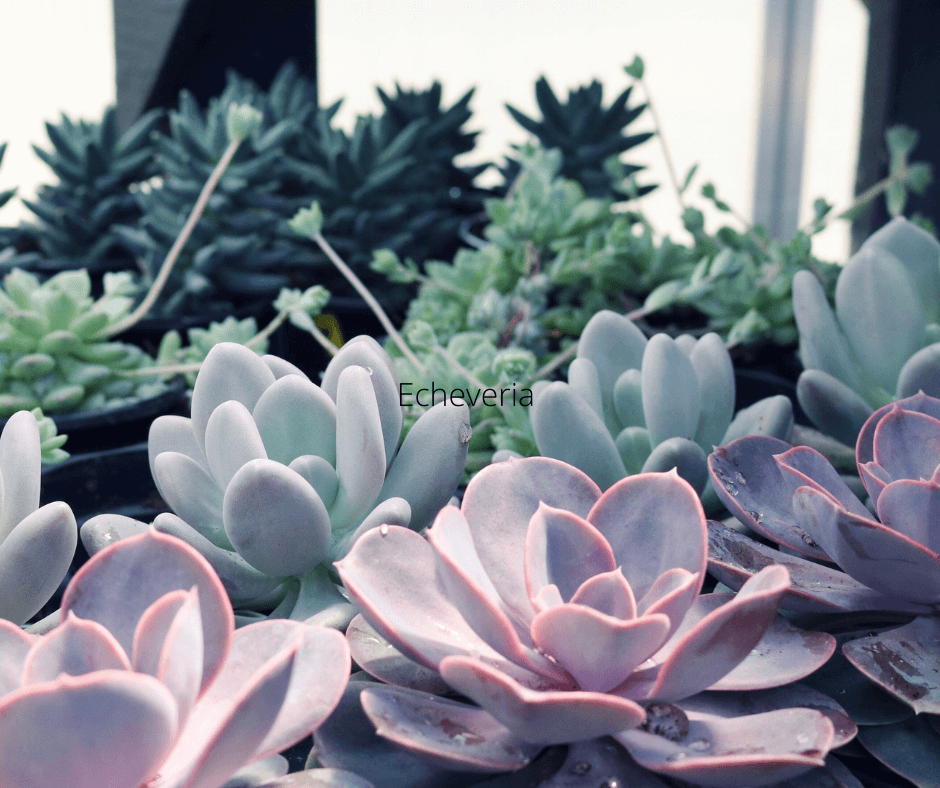
Rose-form echeverias (Echeveria spp. and hybrids) are among the most beautiful succulent plants. Their dense, fleshy leaves overlap like rose petals and may be rounded or distinctly pointed at the ends. The succulent, low-growing rosettes bloom in a range of colors from near-black, to shades of brighter and darker green, to grey-green. Varieties with grey-green leaves may also be glaucous as if each leaf is covered with a powdery translucent veil. Some echeveria foliage sports reddish or pinkish overtones. Flashier varieties are variegated with contrasting stripes. (Click here to view an excellent selection of Echeveria from Mountain Crest Gardens.)
Widely hybridized, echeverias are native to the New World and hail originally from Mexico and parts of Central and South America. When mature, they are compact, growing only 3 to 5 inches tall and up to 6 inches wide. Happy echeverias may eventually flower or even produce offsets, which can be grown into new plants.
Succulent Snake Plant

Sansevieria trifasciata is known by many common names, including snake plant, viper’s bowstring hemp, and even “mother-in-law’s tongue (presumably for its sword-shaped foliage). It is an impressive upright plant with narrow, sharply-tipped green leaves, each with a vertical gray-green central stripe. Jutting skyward, the plants may grow up to 4 feet tall outdoors in frost-free climates, but generally, reach only about 2 feet indoors in containers.
Species snake plants are striking and sculptural all by themselves, but sansevieria fanciers can also buy interesting varieties like ‘Black Coral’, featuring silver, horizontal bands. All snake plants are long-lived and resilient and reputedly help clean indoor air.
Good Conditions, Happy Plants
Since succulents have evolved to conserve moisture in their leaves, potting mediums must be free draining. If you use a potting mix like Fafard Natural and Organic Potting Mix, combine it with fine gravel or sand to increase drainage. Once installed in well-drained containers, water the plants sparingly. If you live in a cold-winter climate, your succulents will appreciate an outdoor vacation during the late spring and summer months. Position the containers in a semi-shaded, protected spot, and make sure to tip pots to drain away excess water after rainstorms. When night temperatures start to drop in early fall, return plants to their bright indoor locations.


